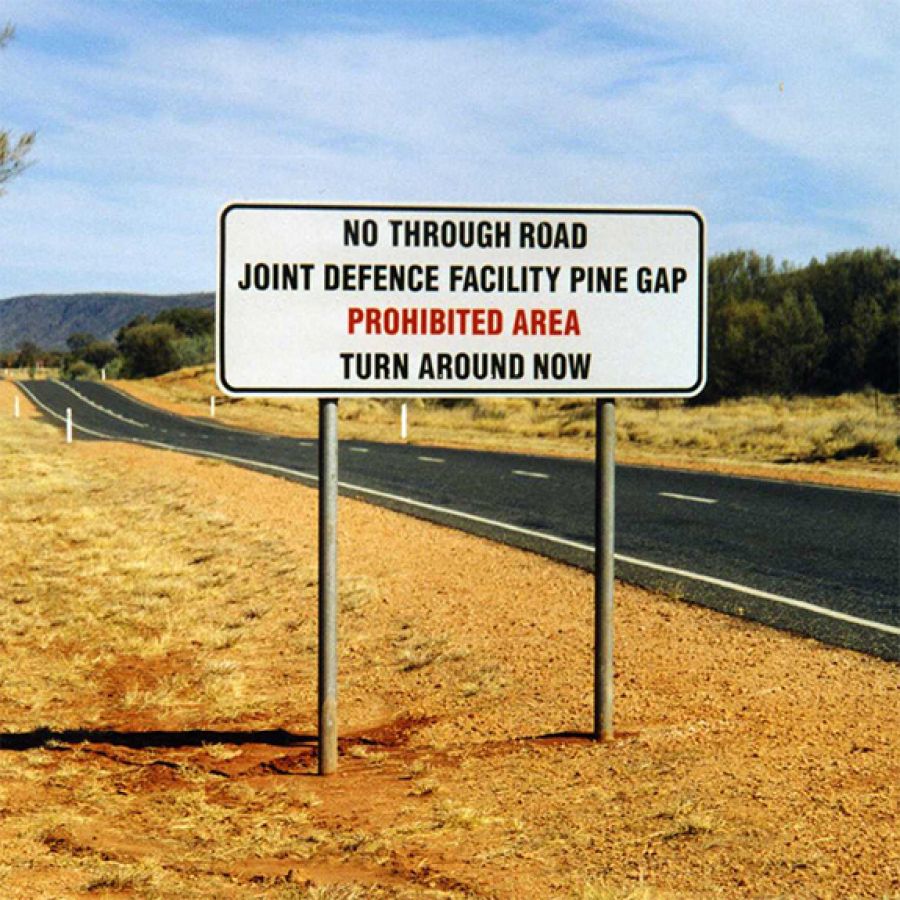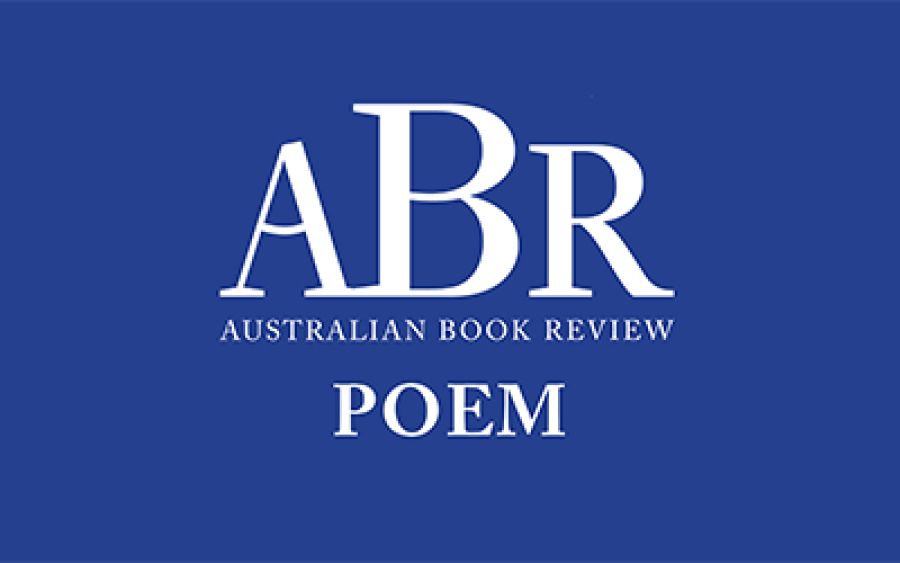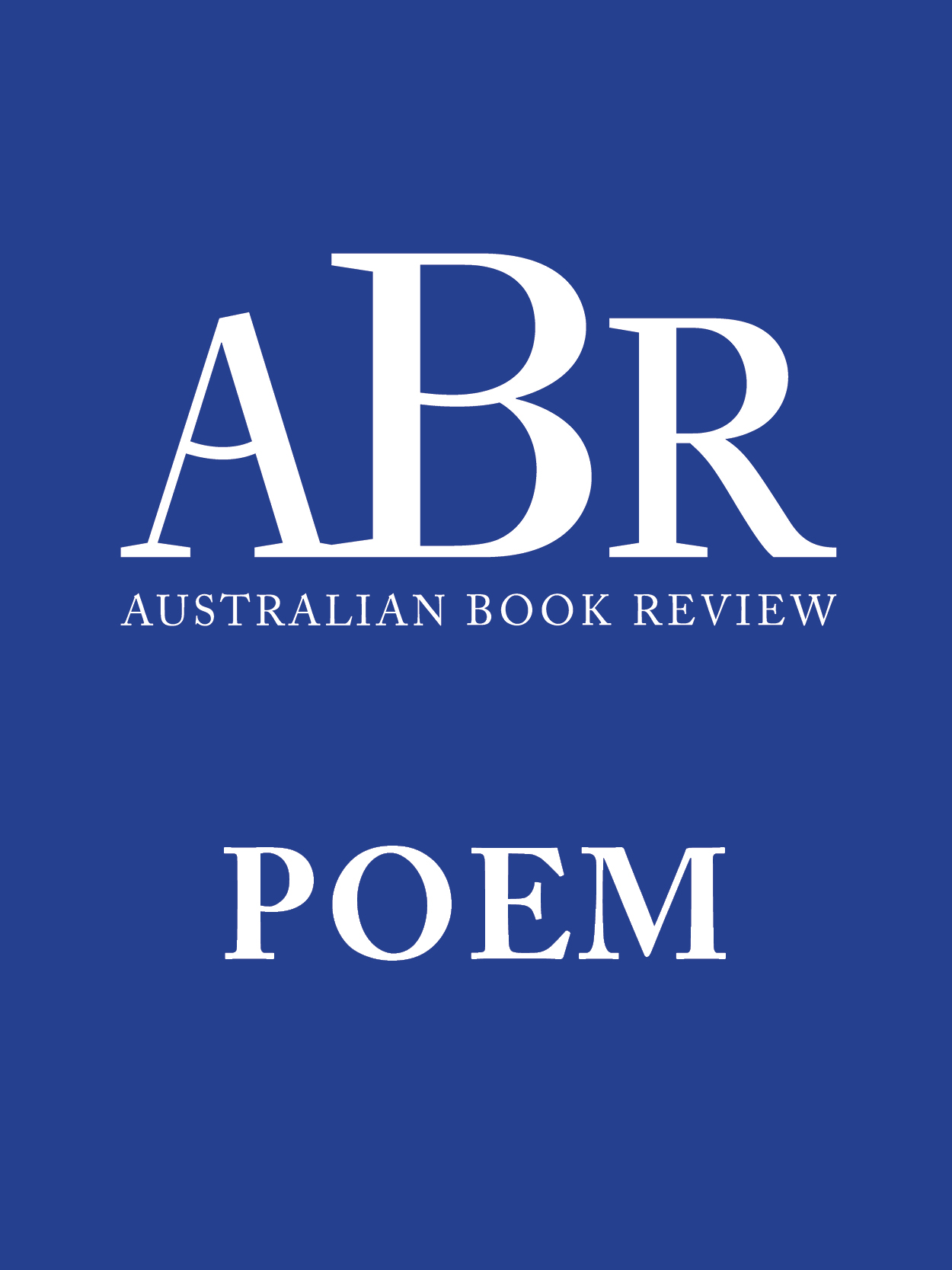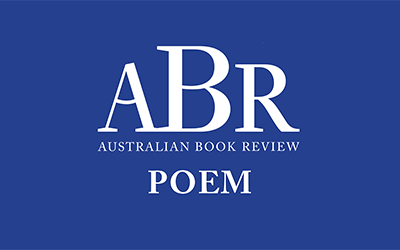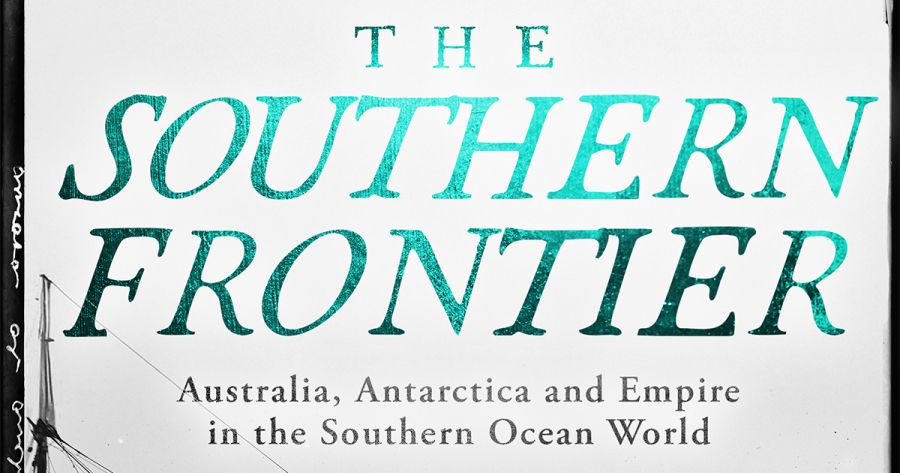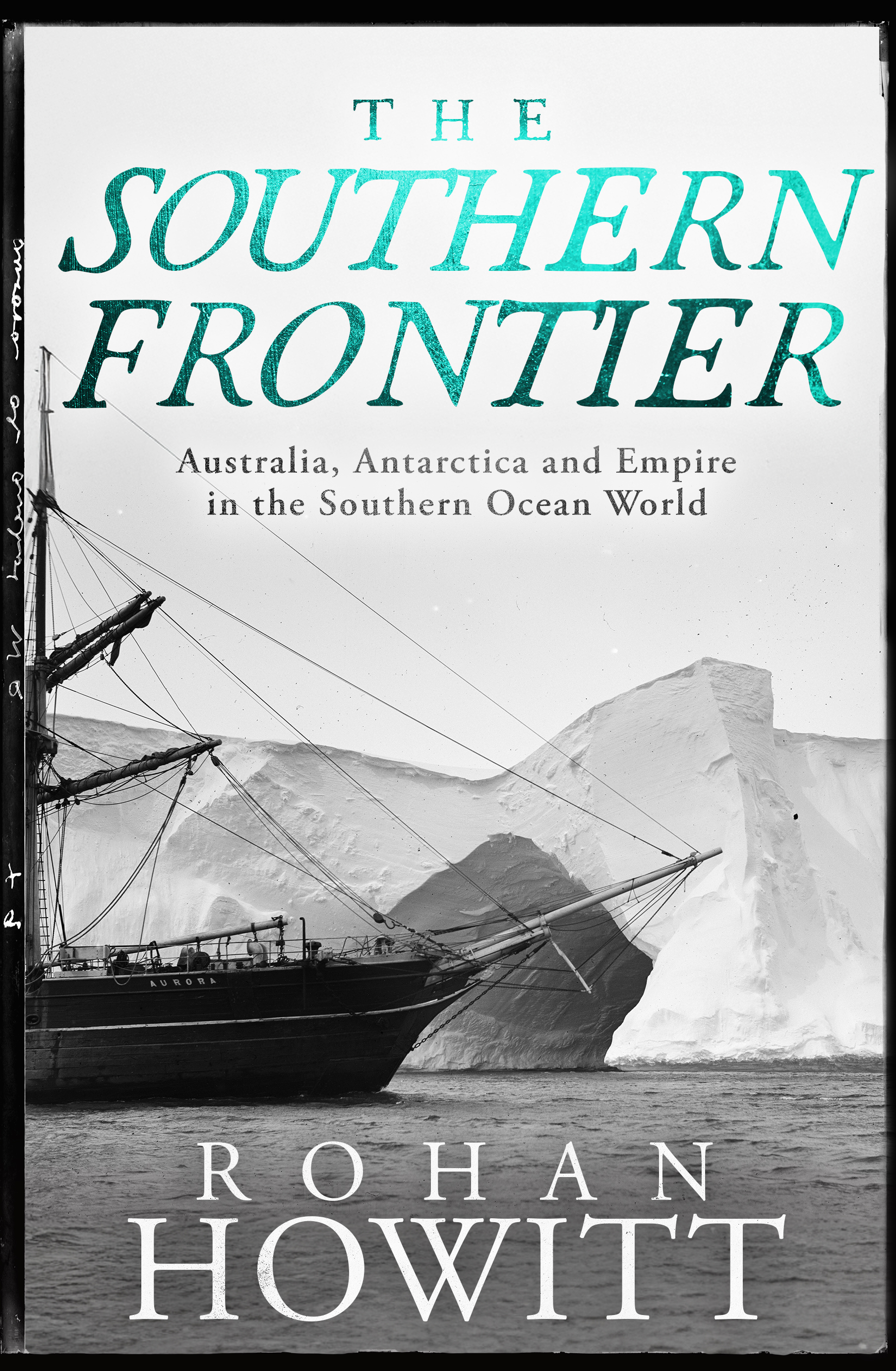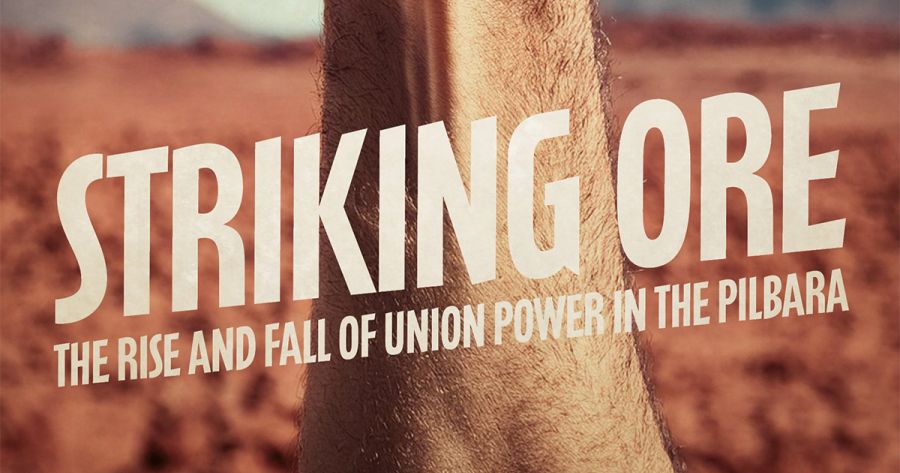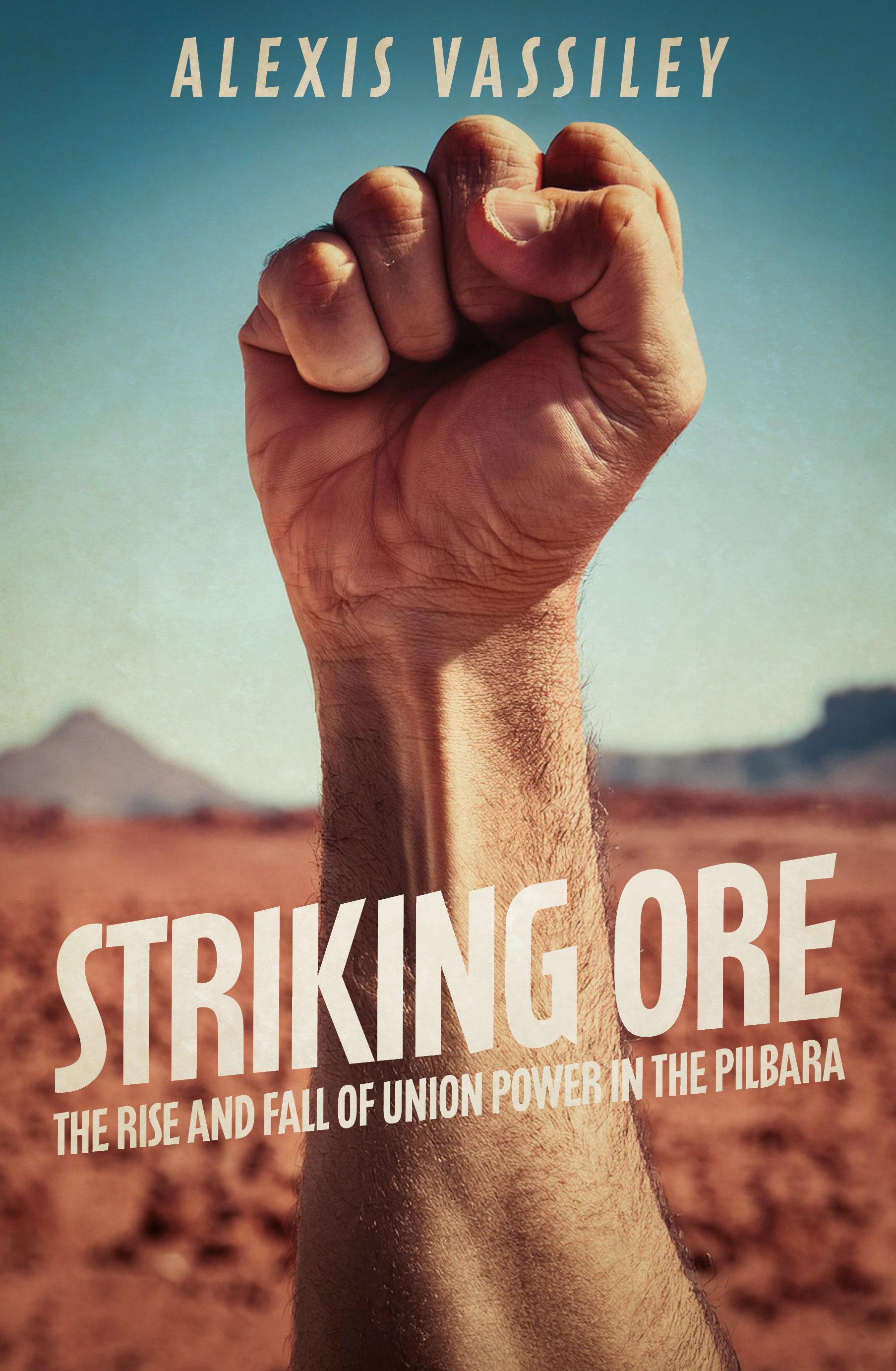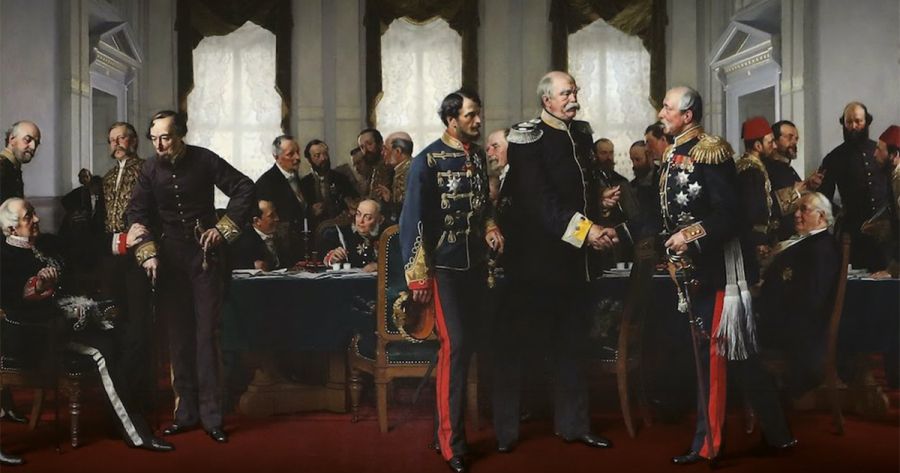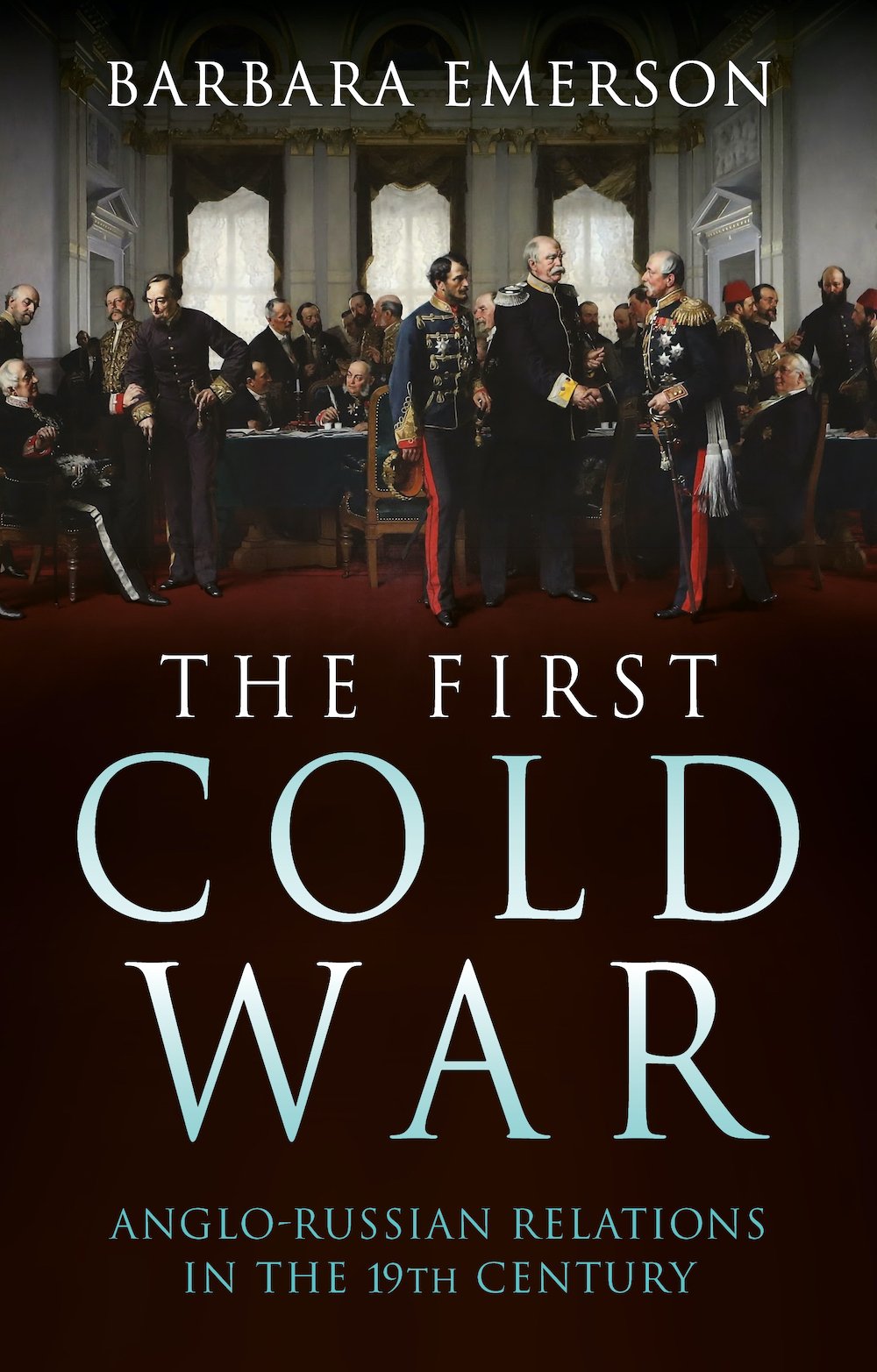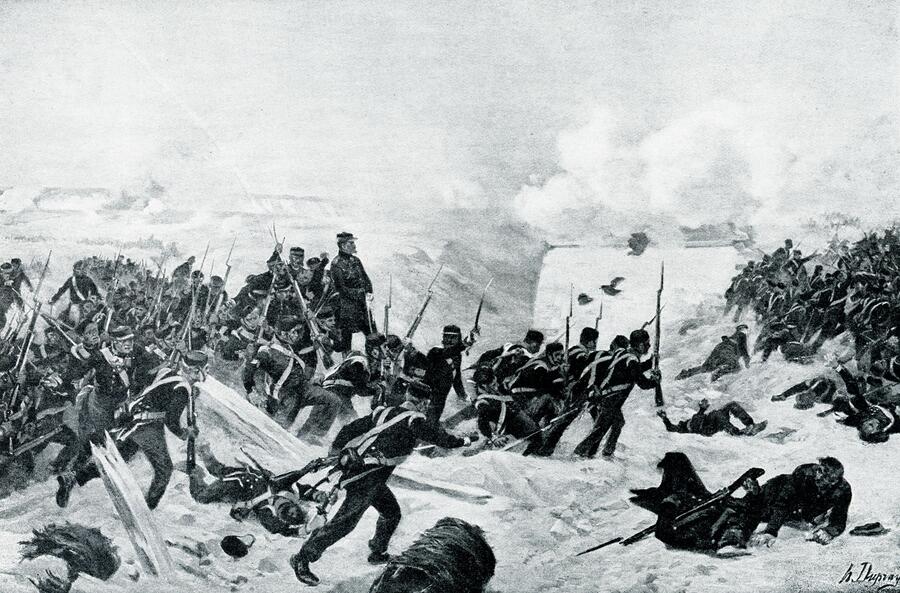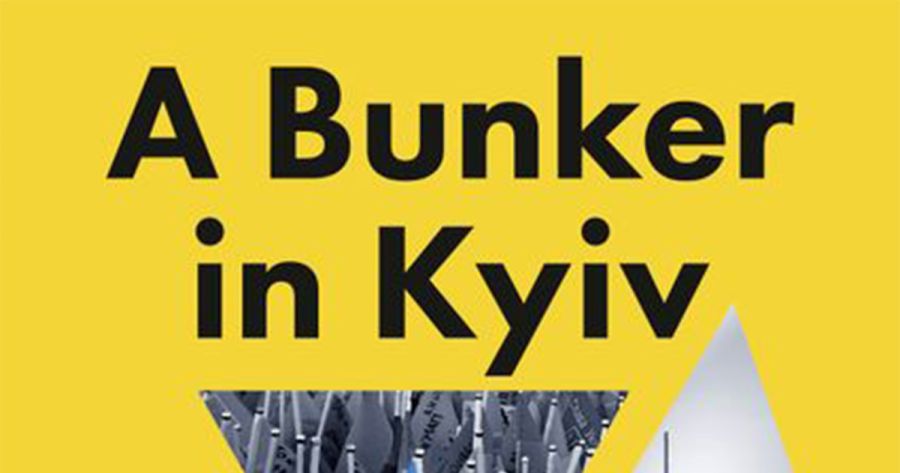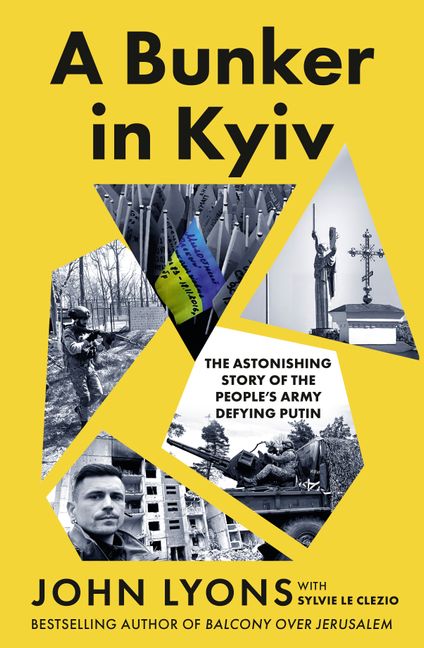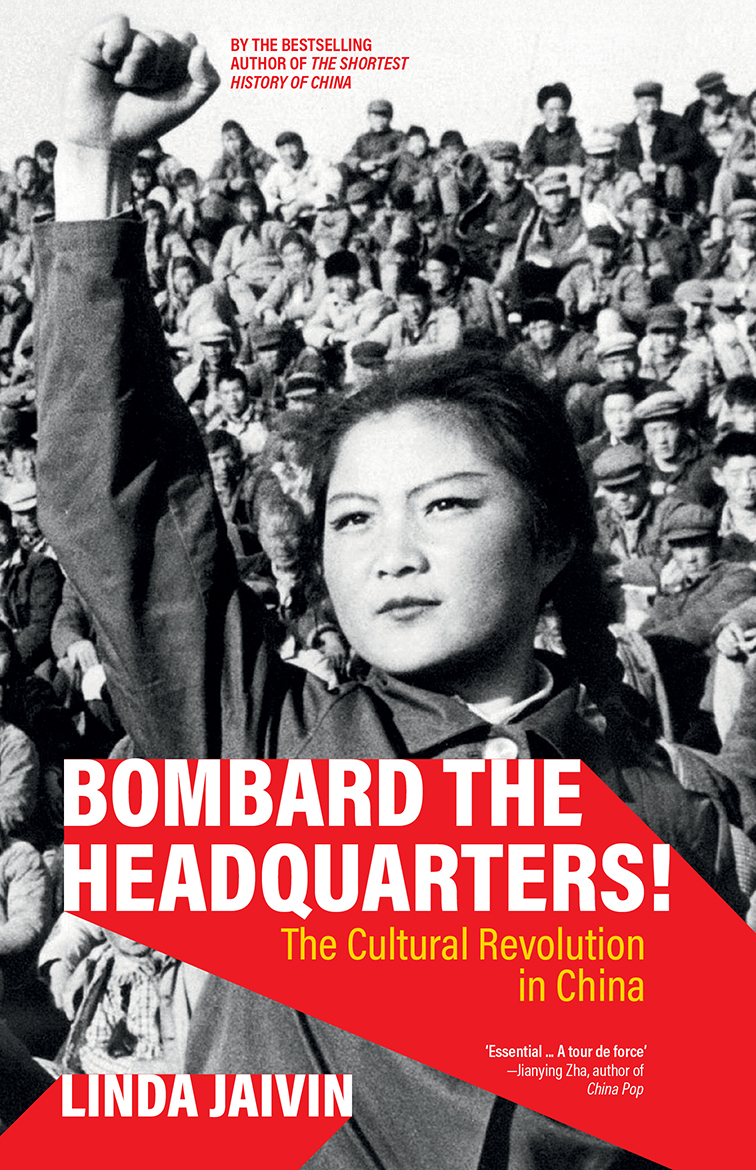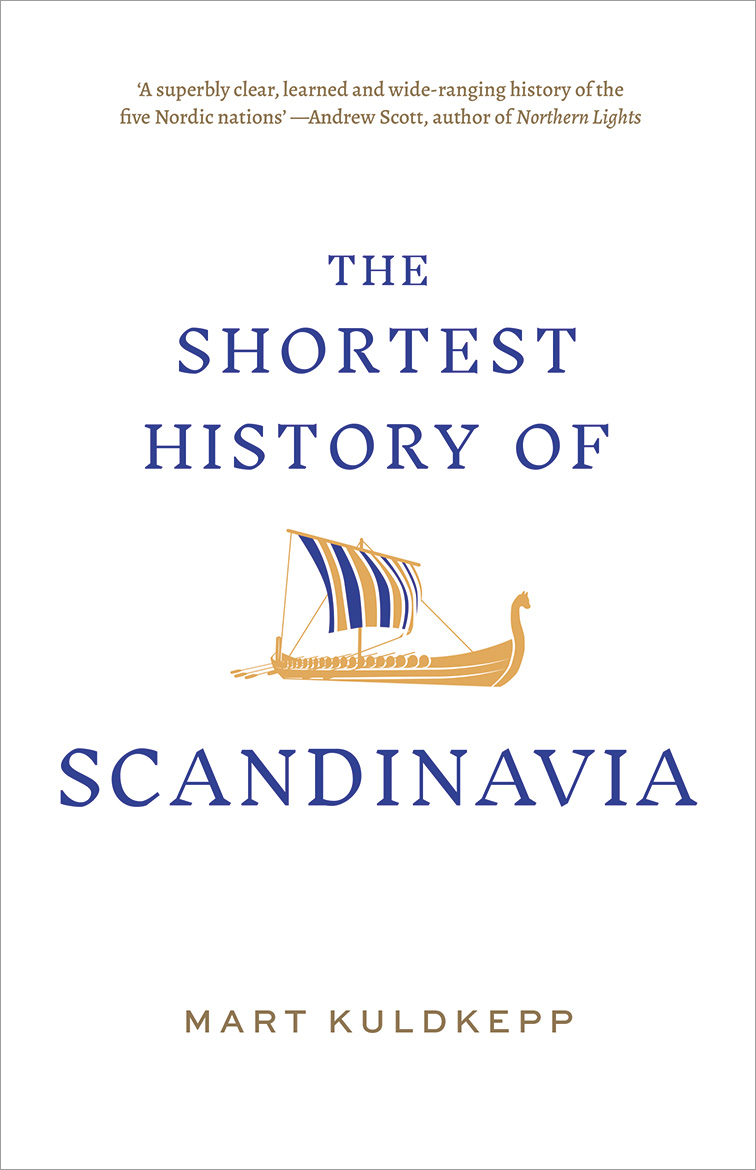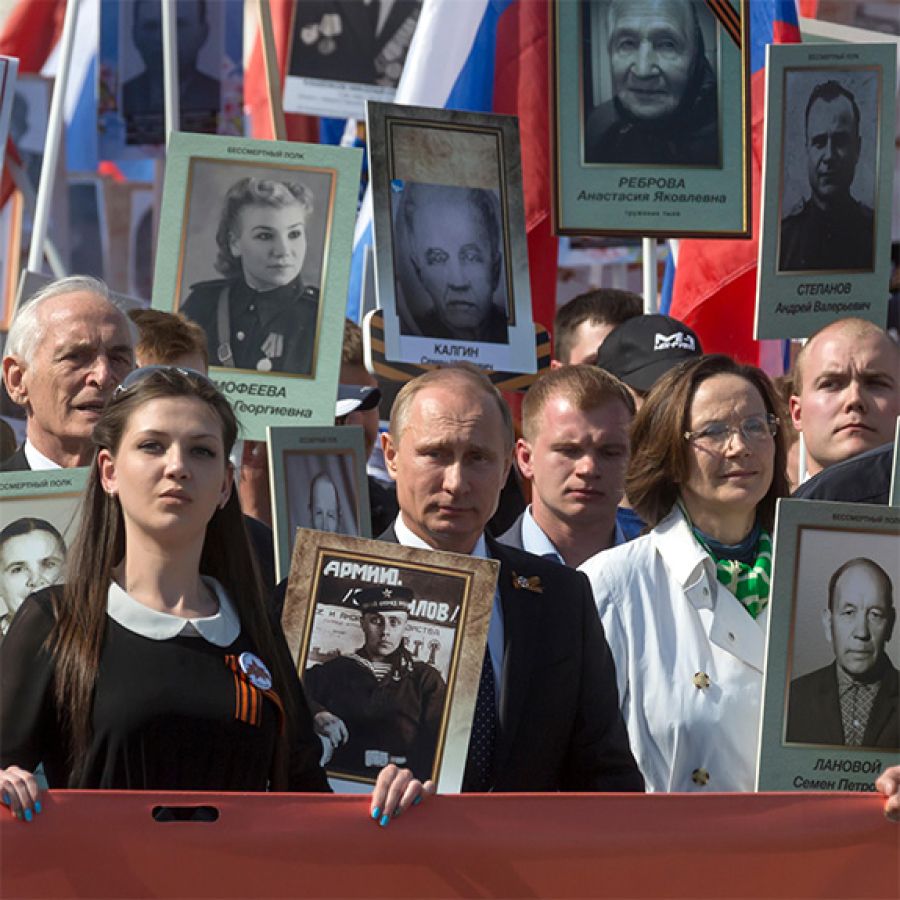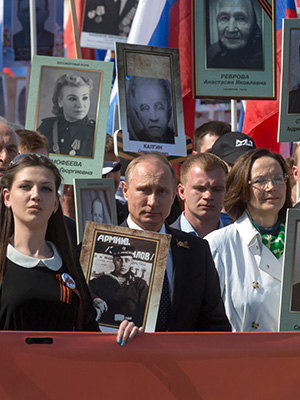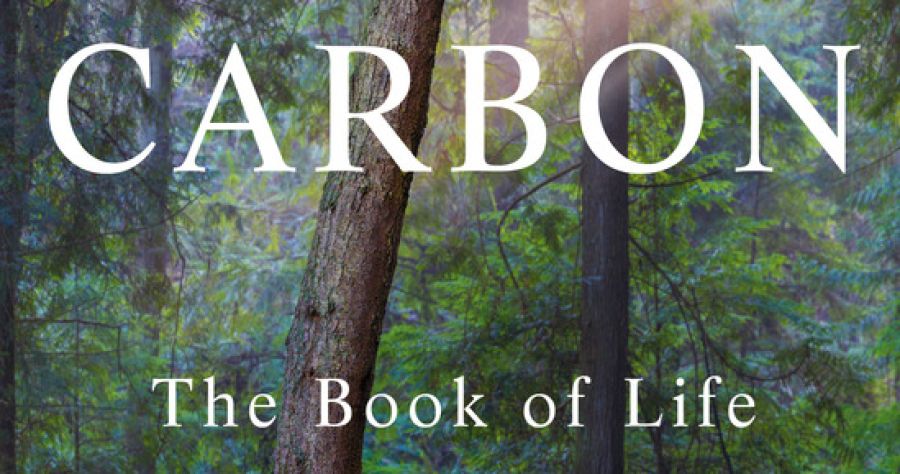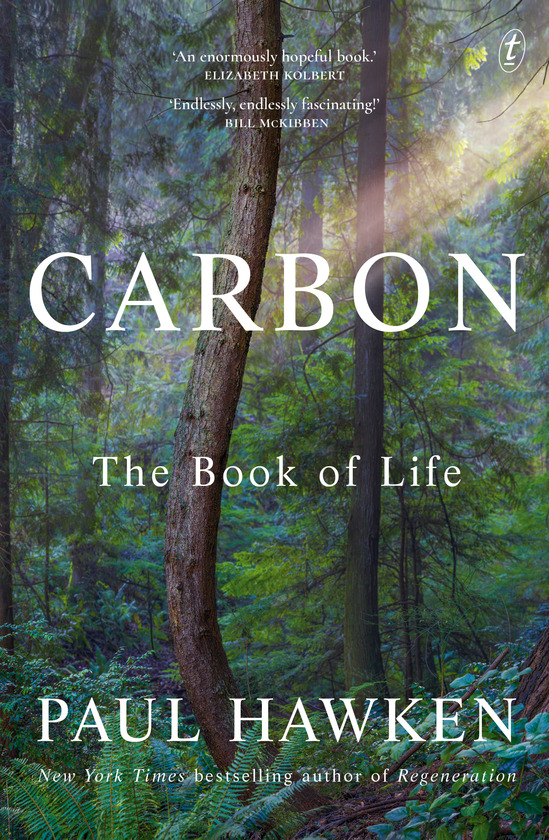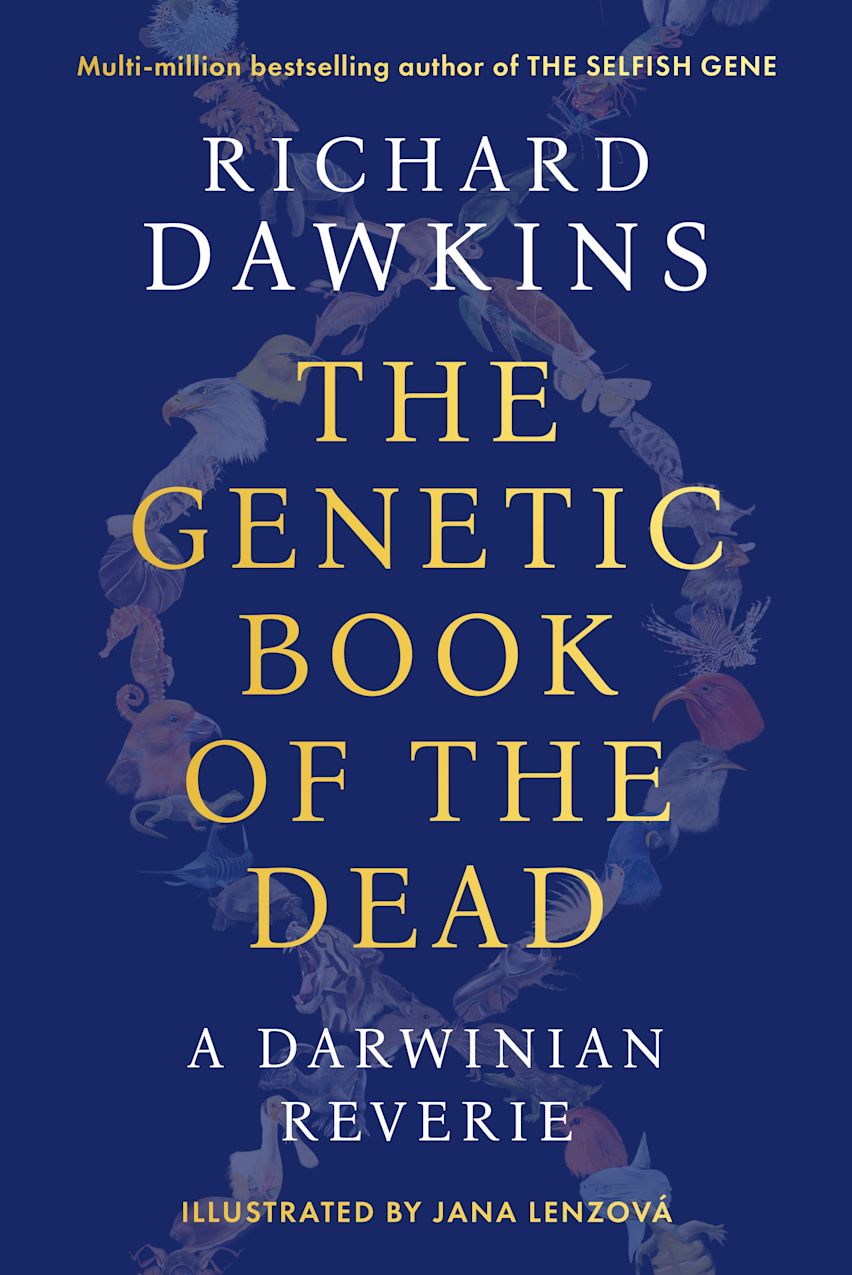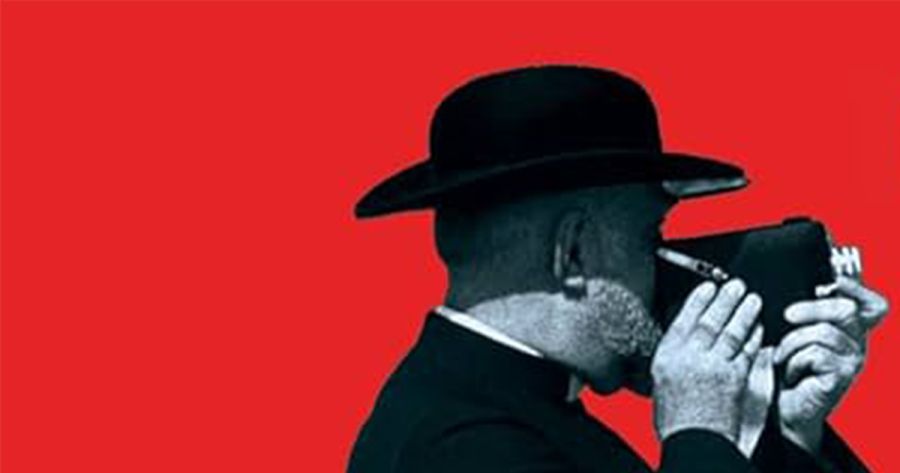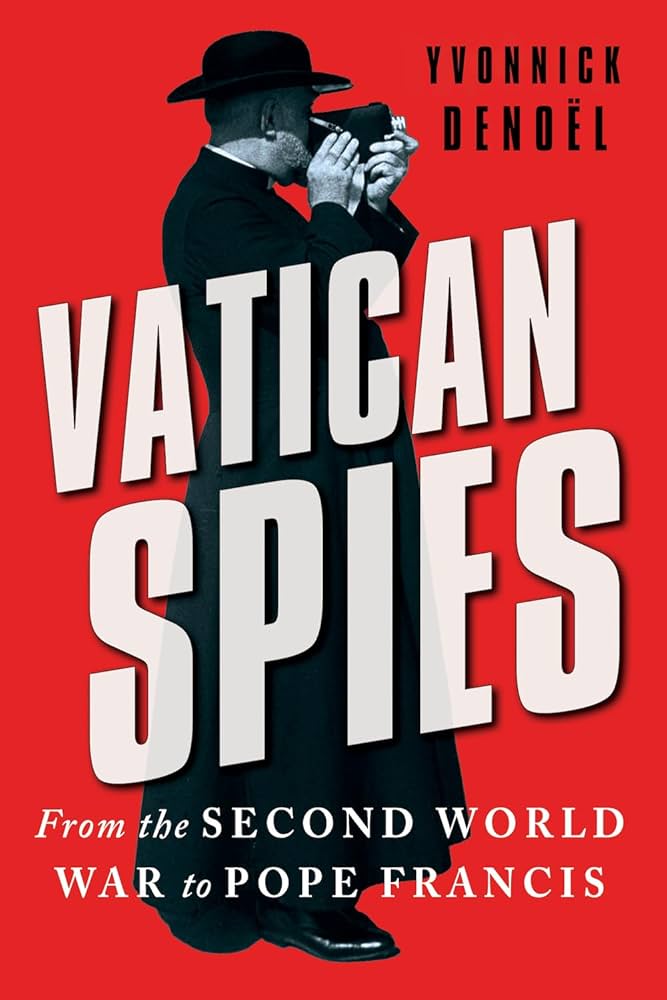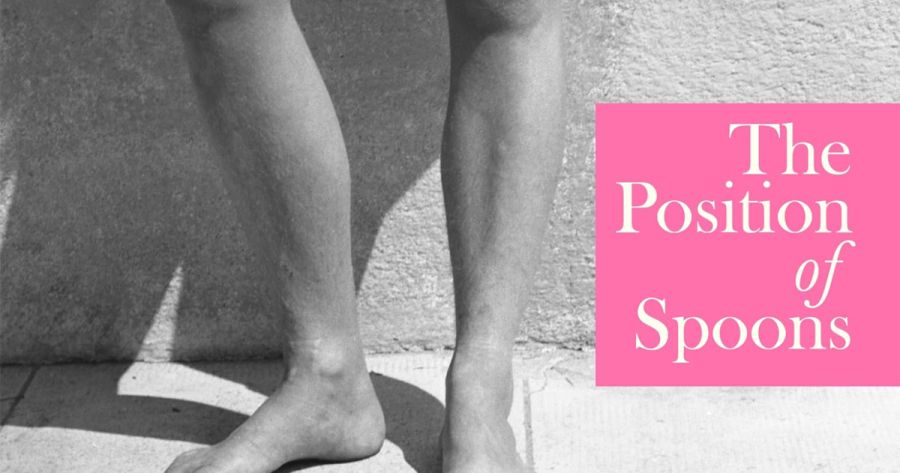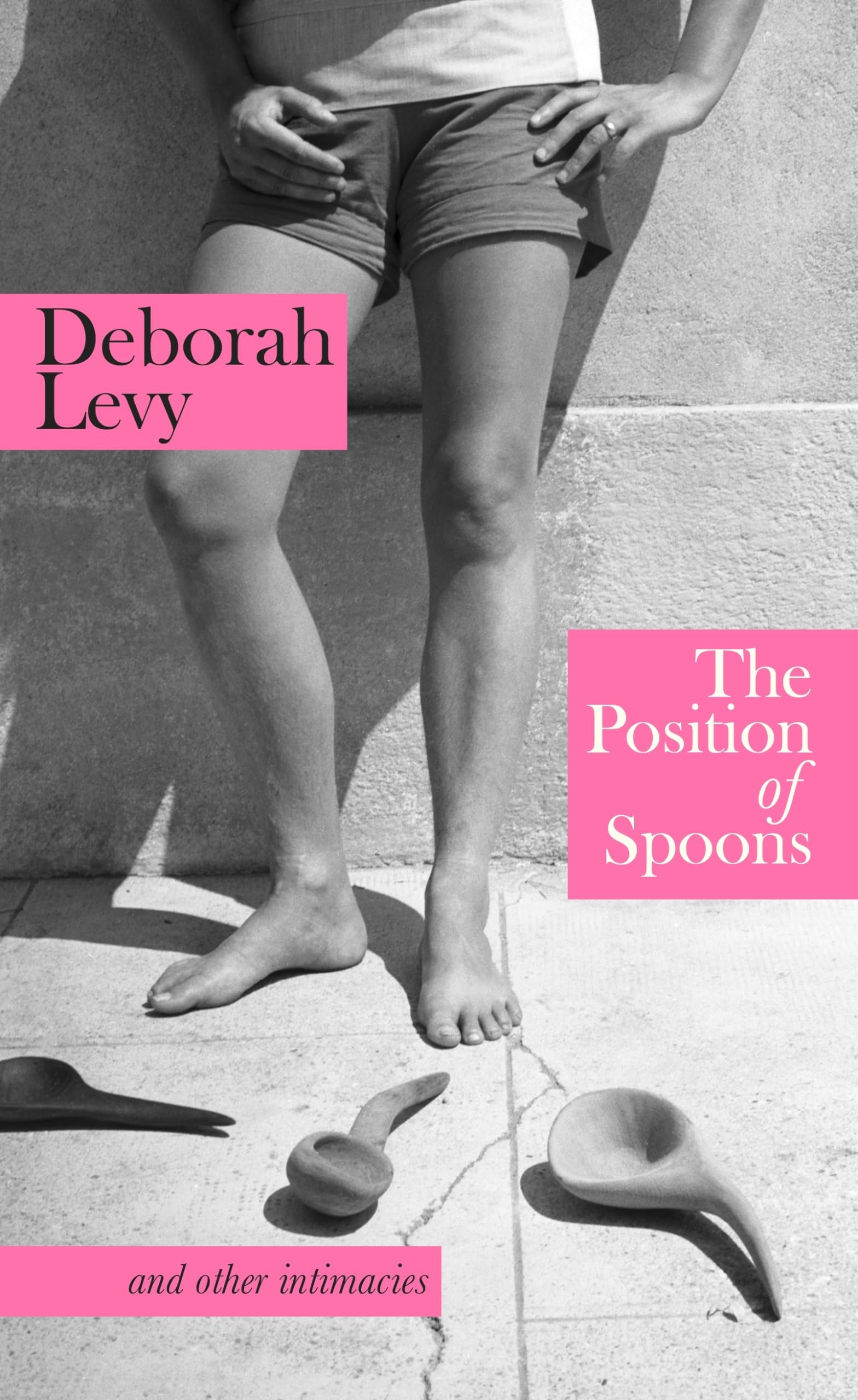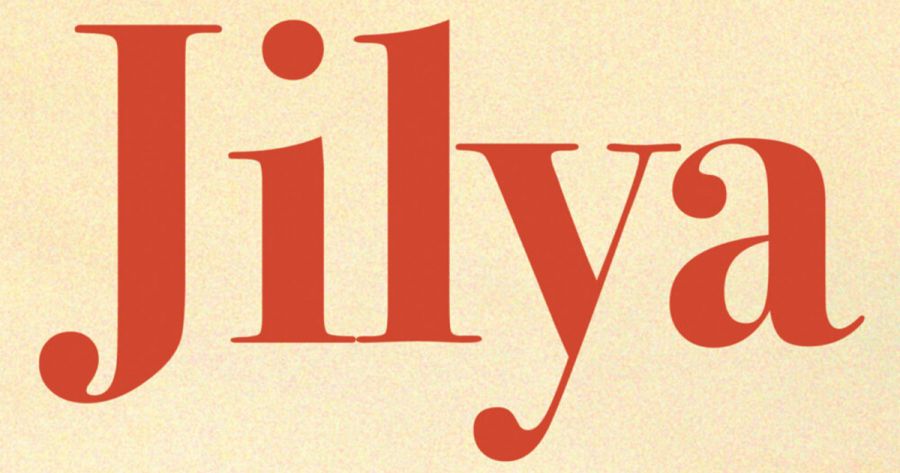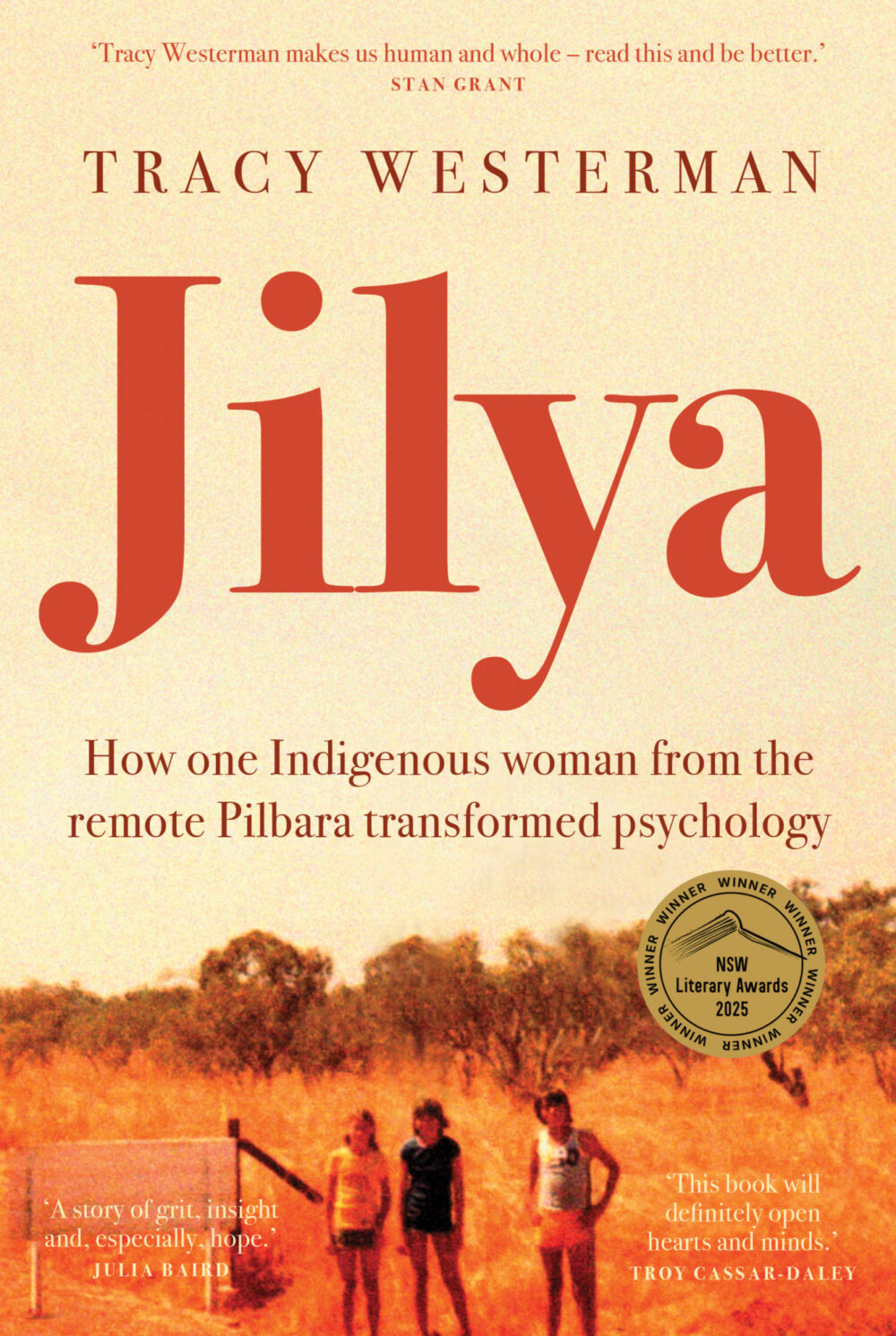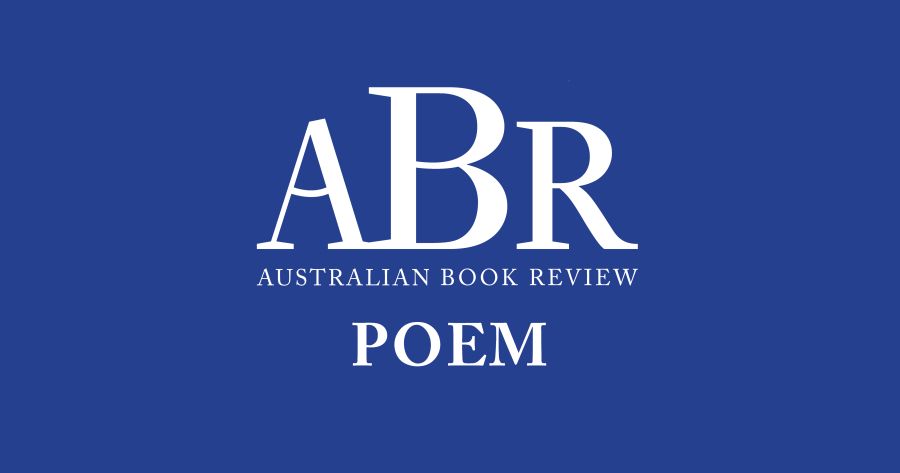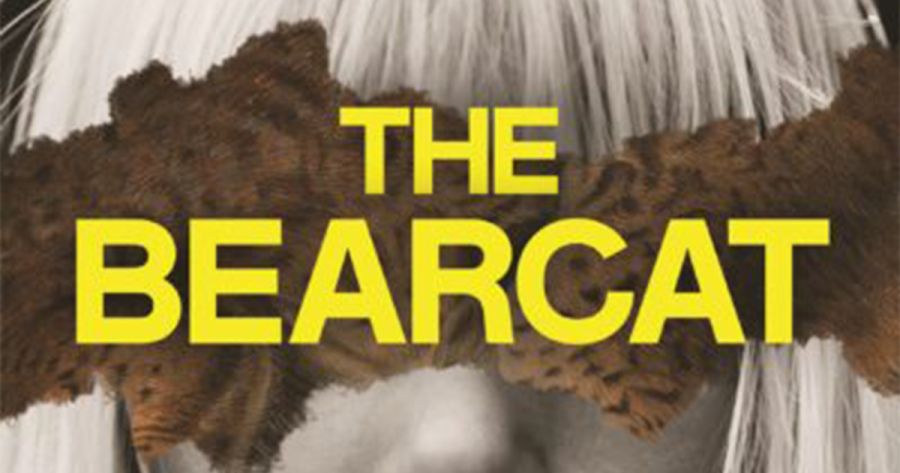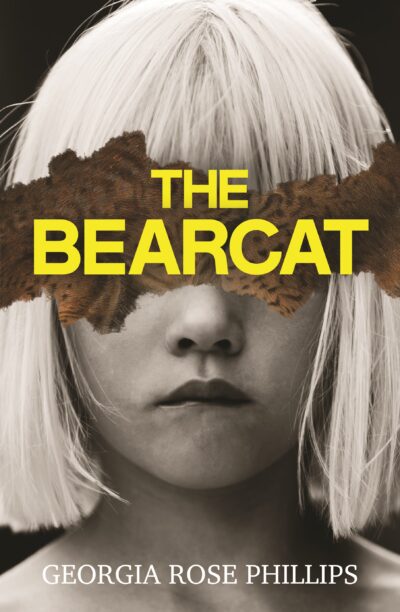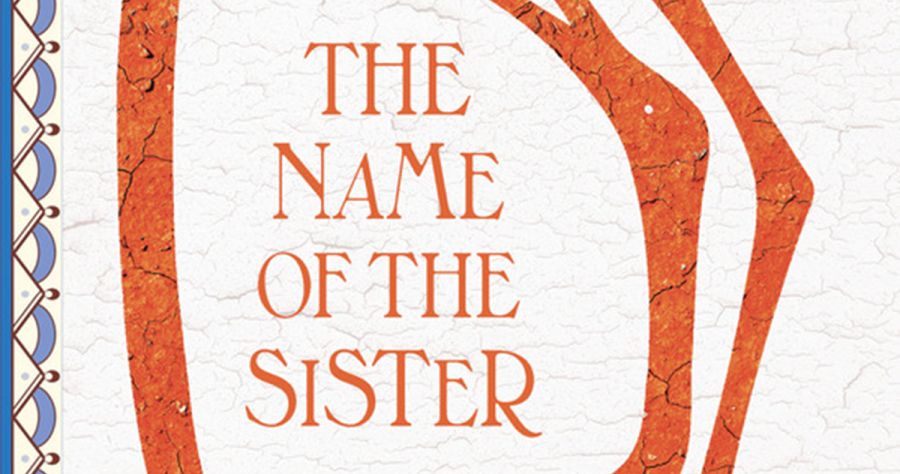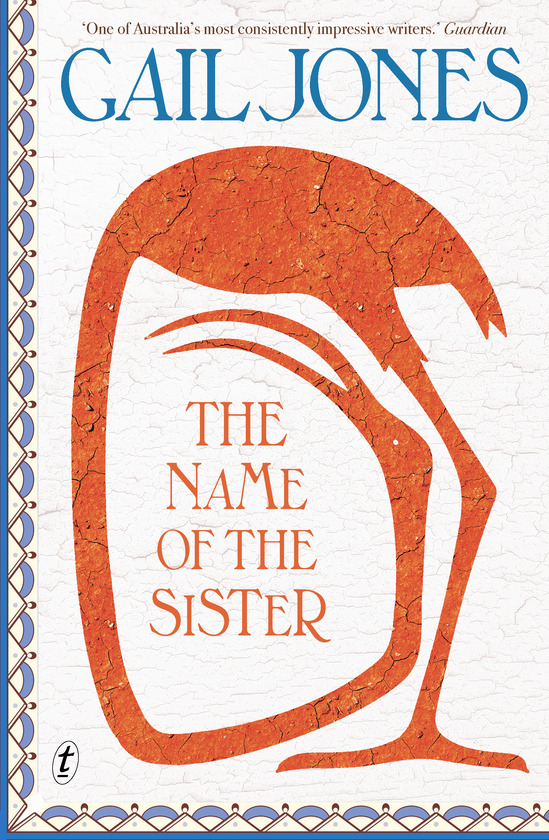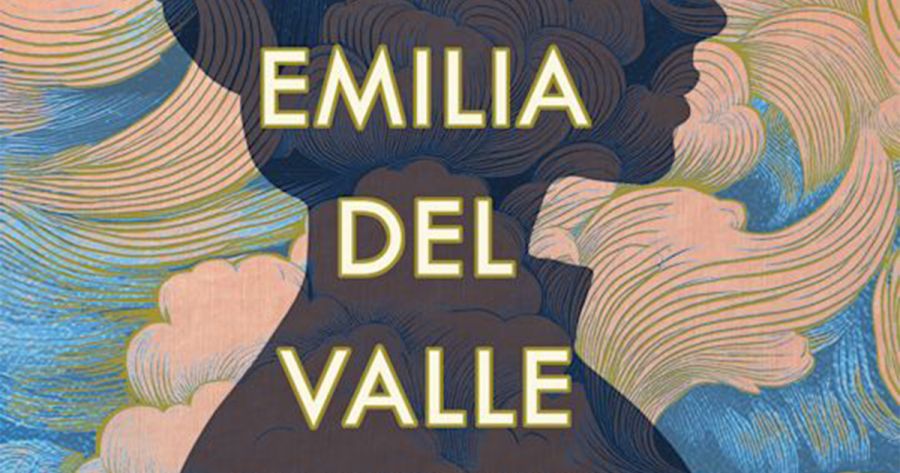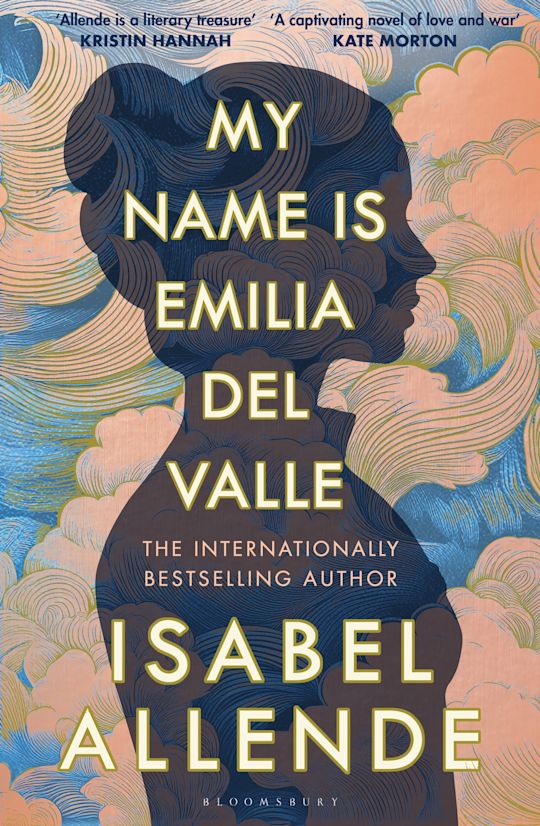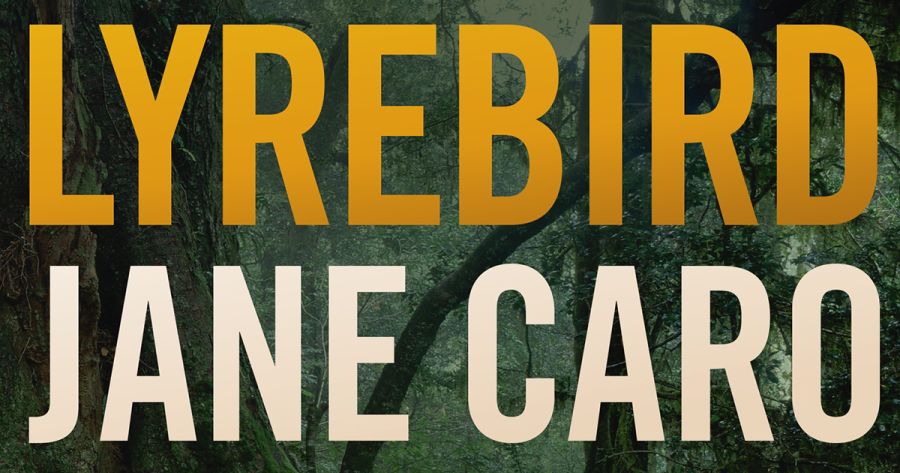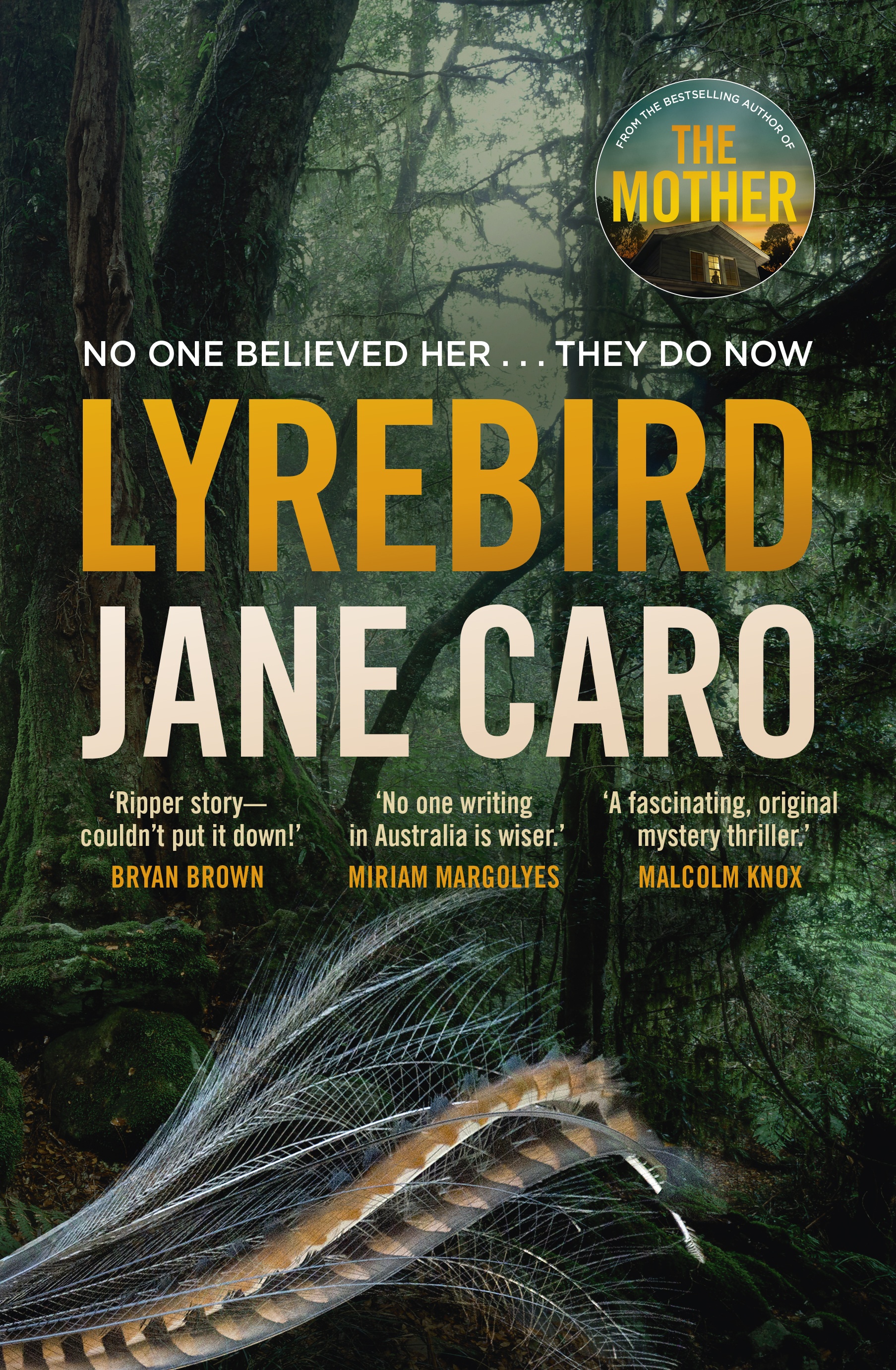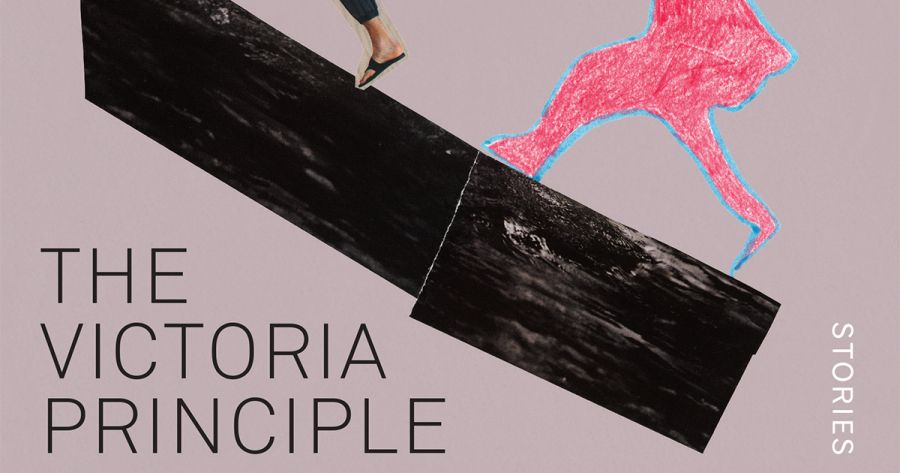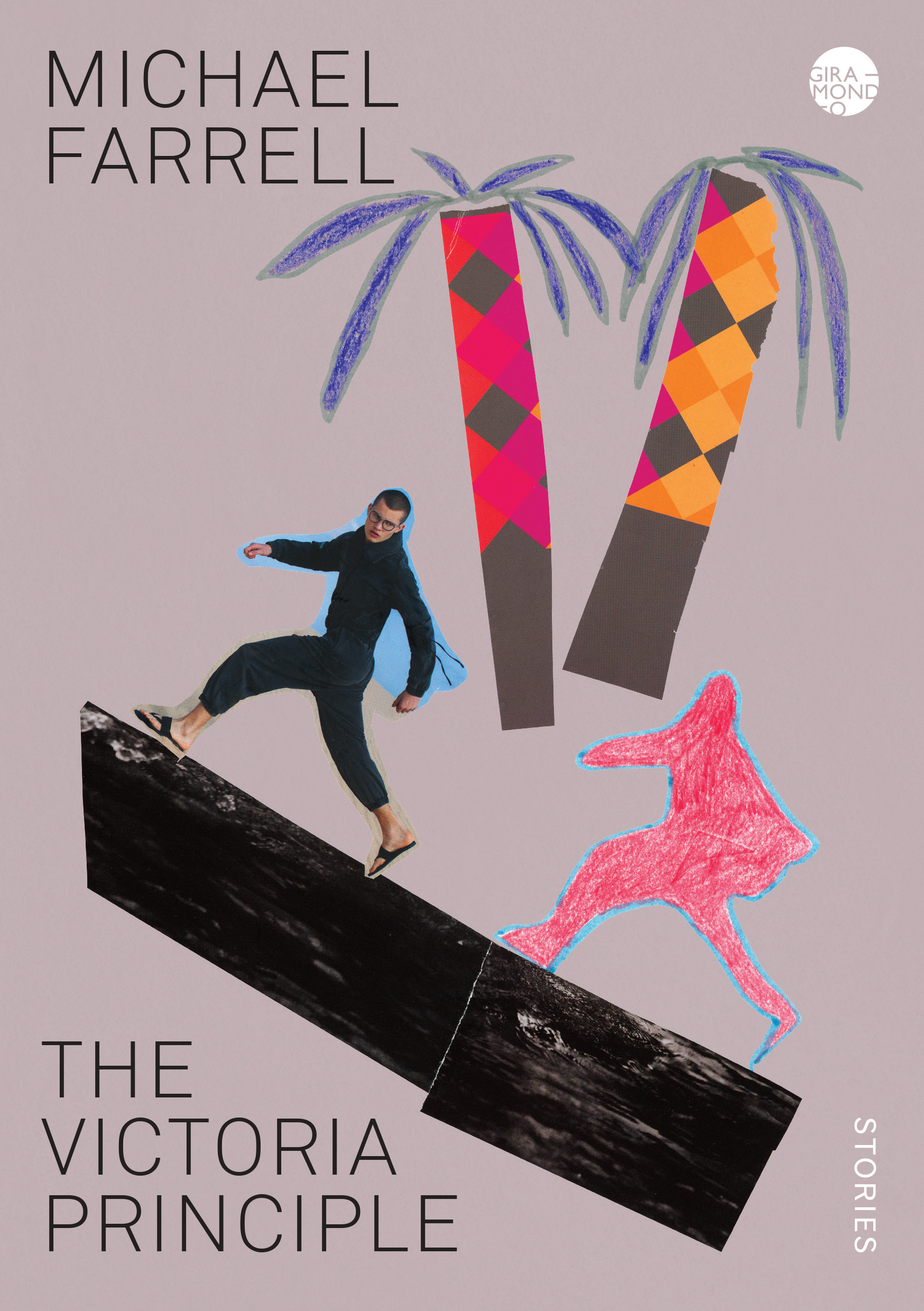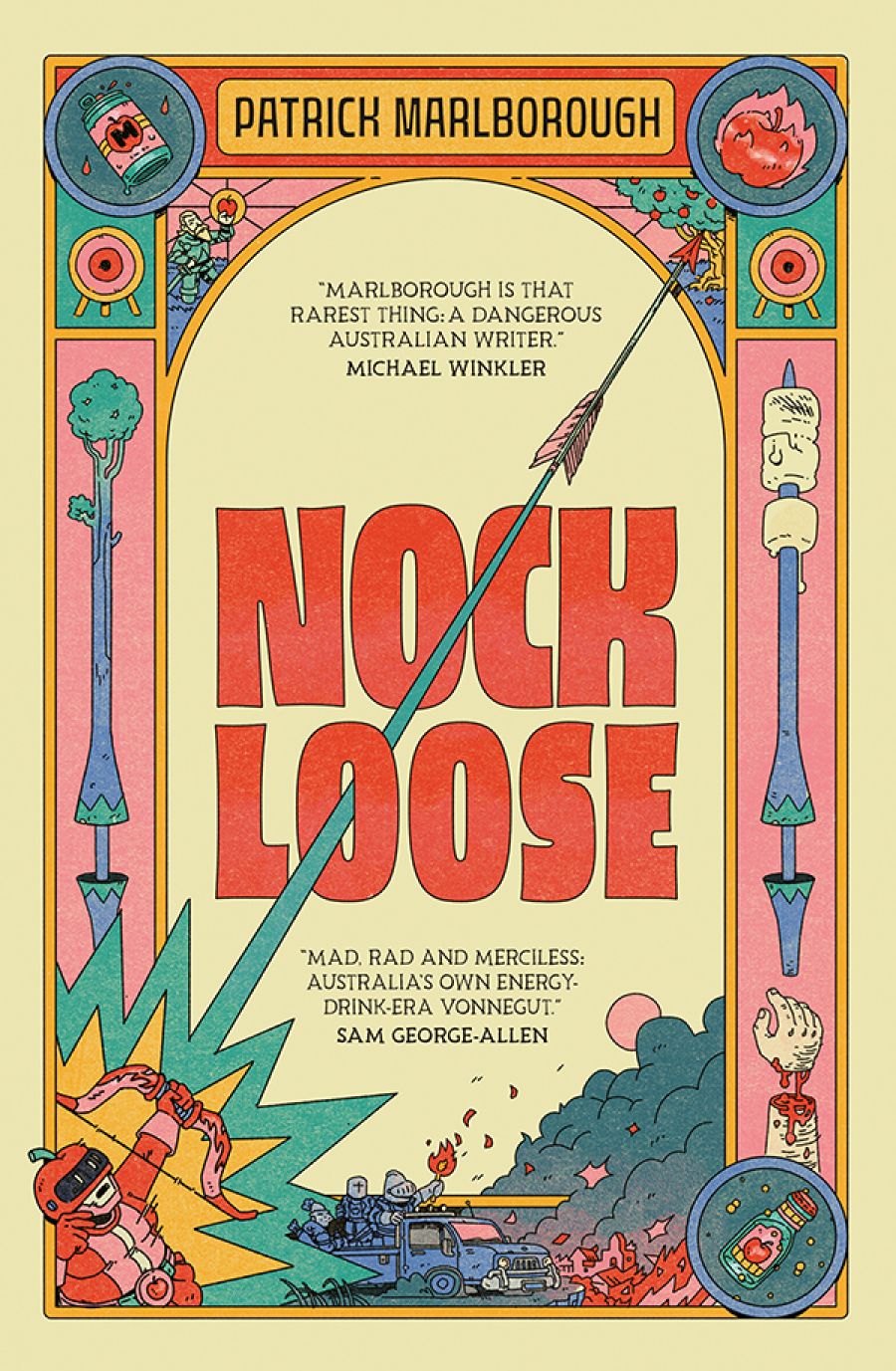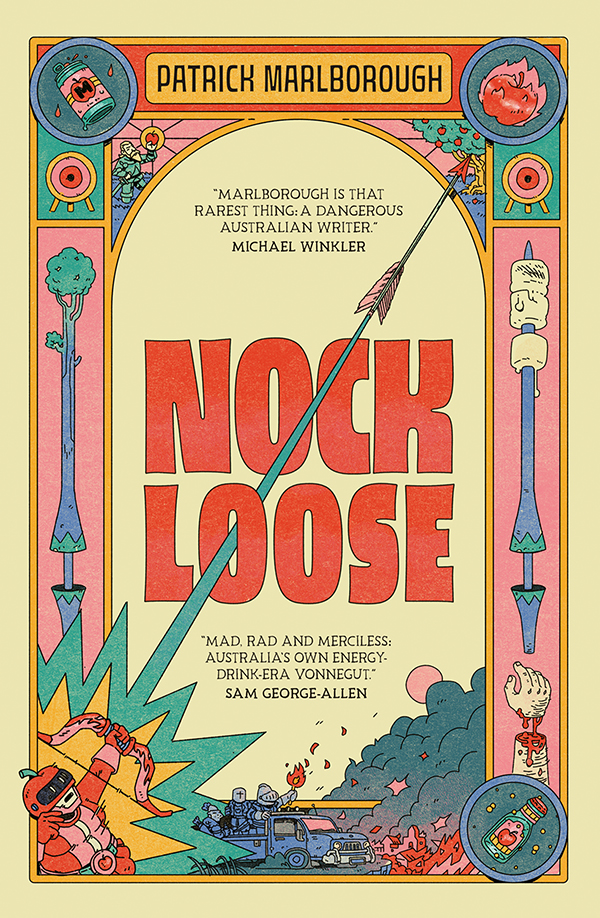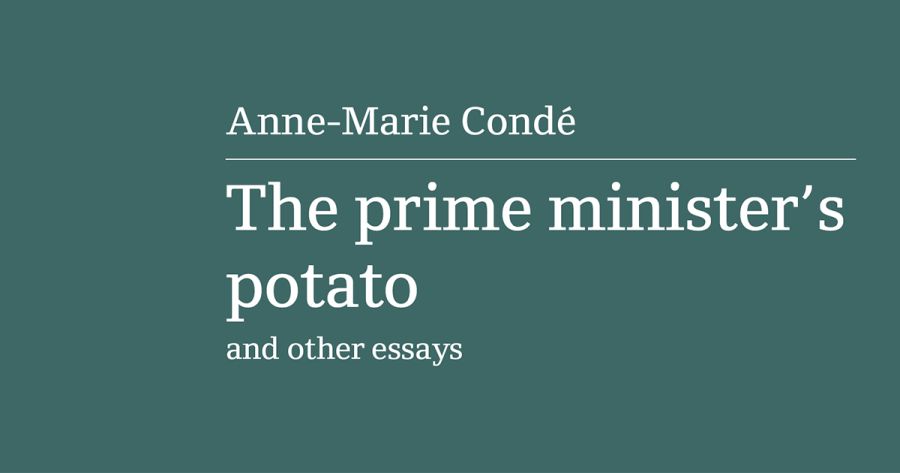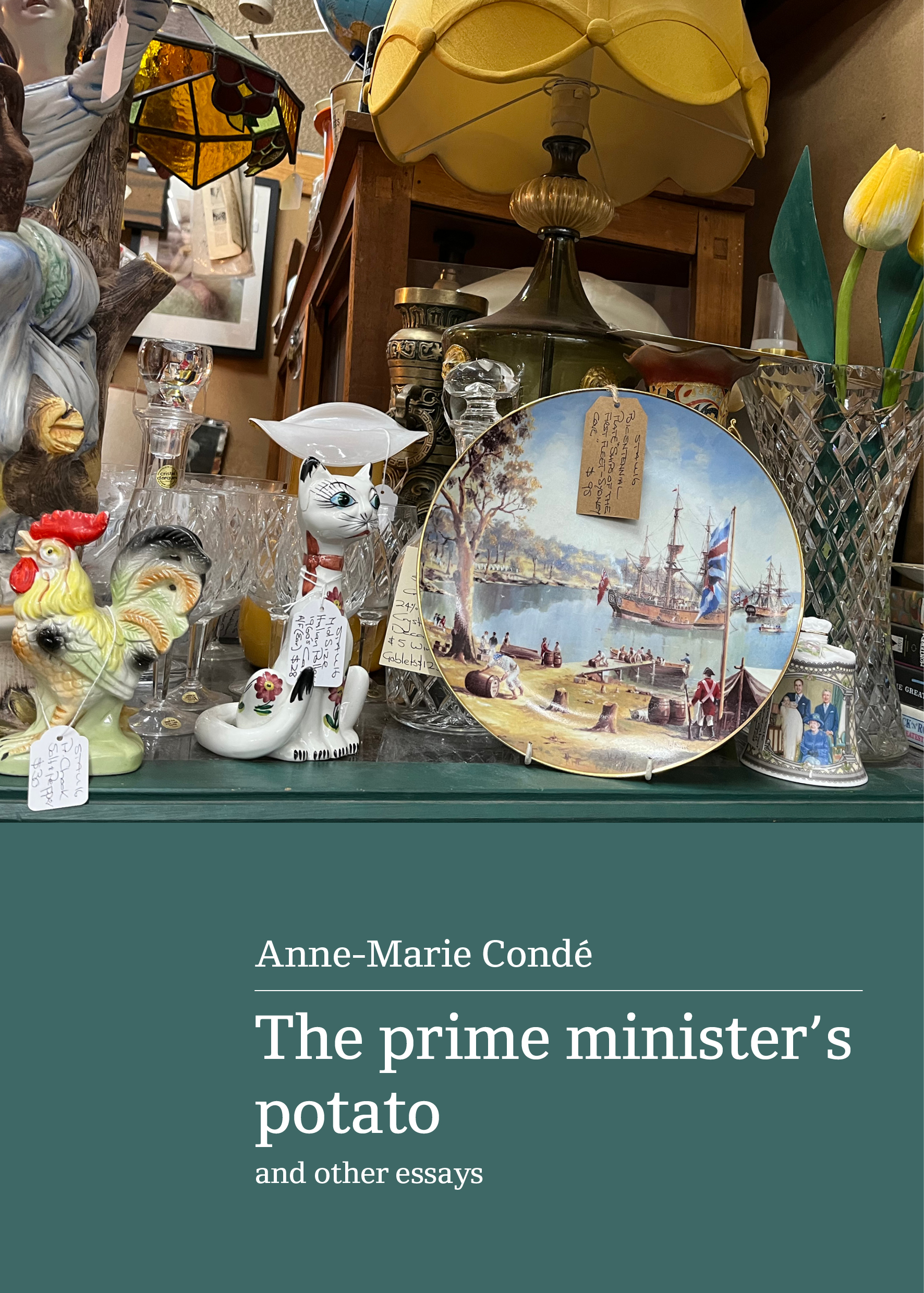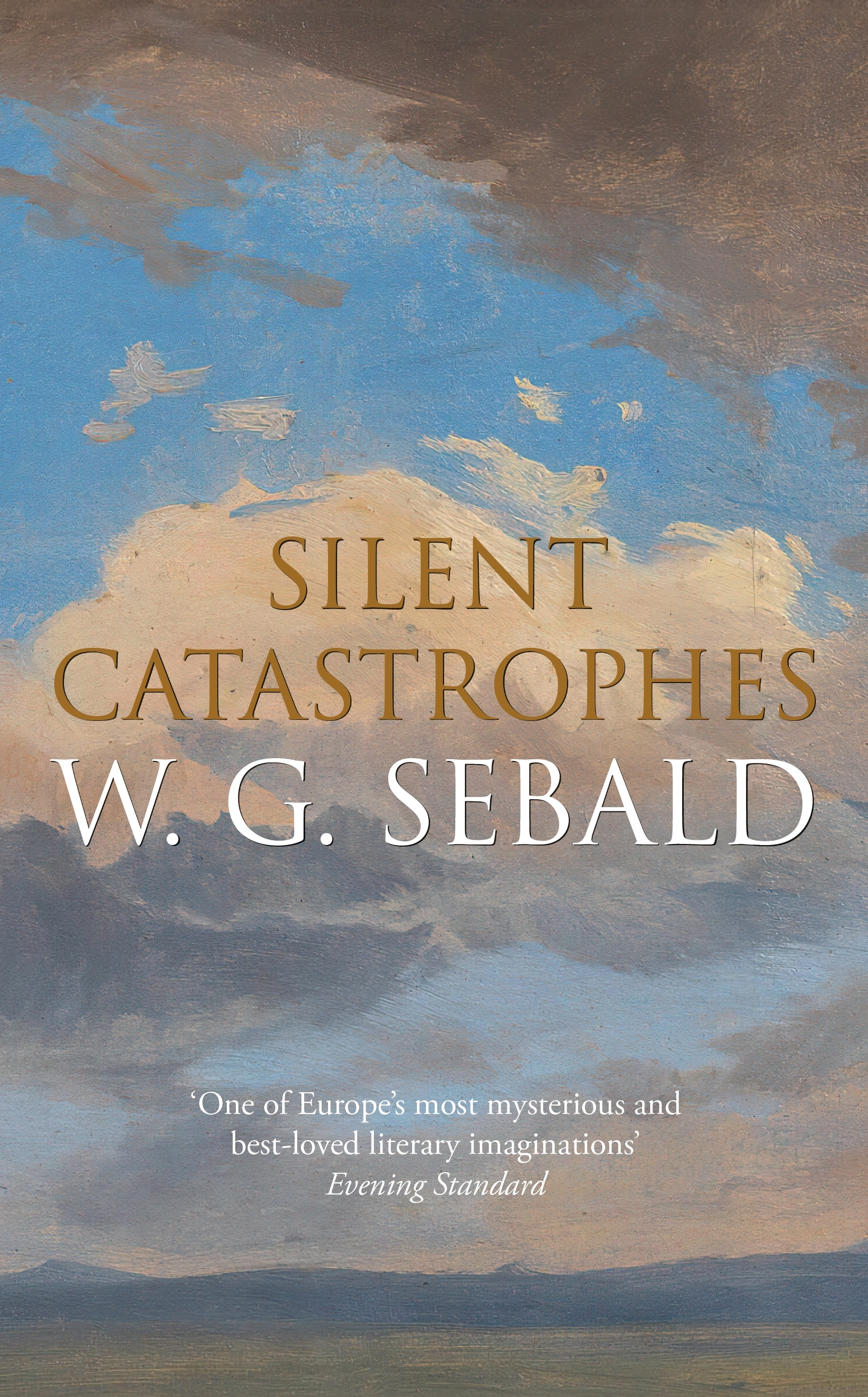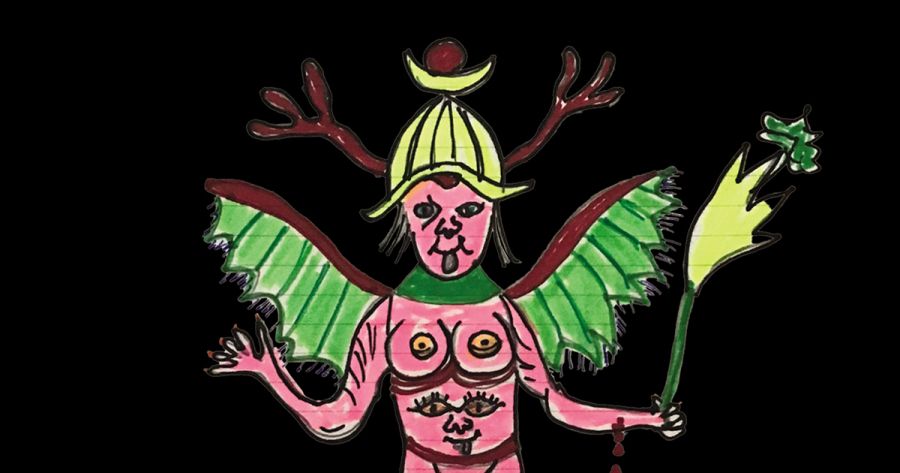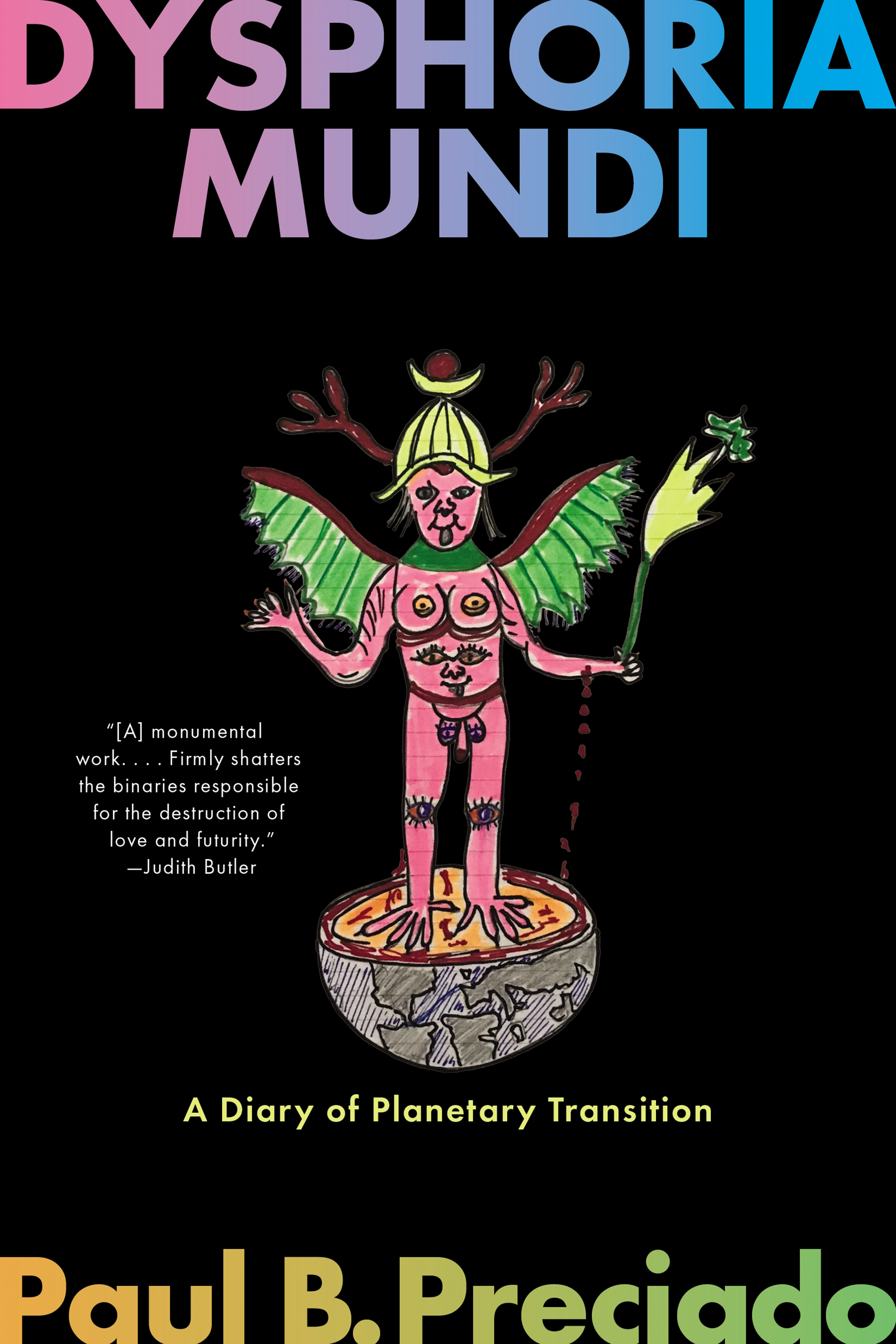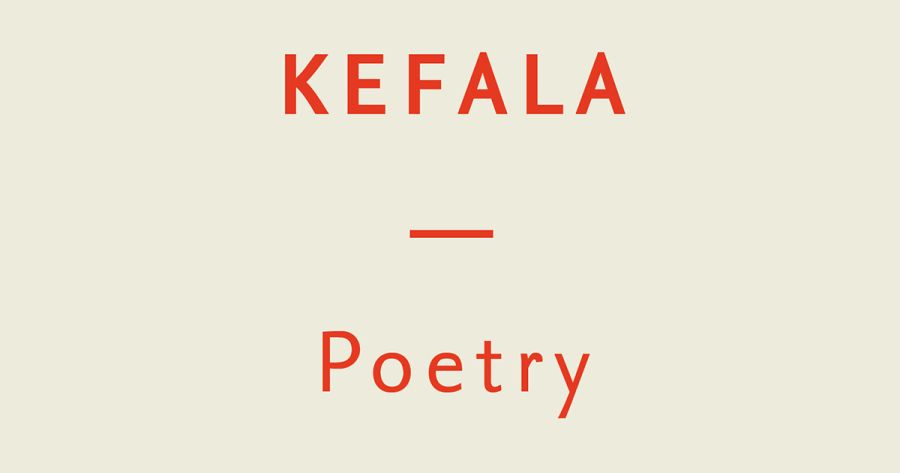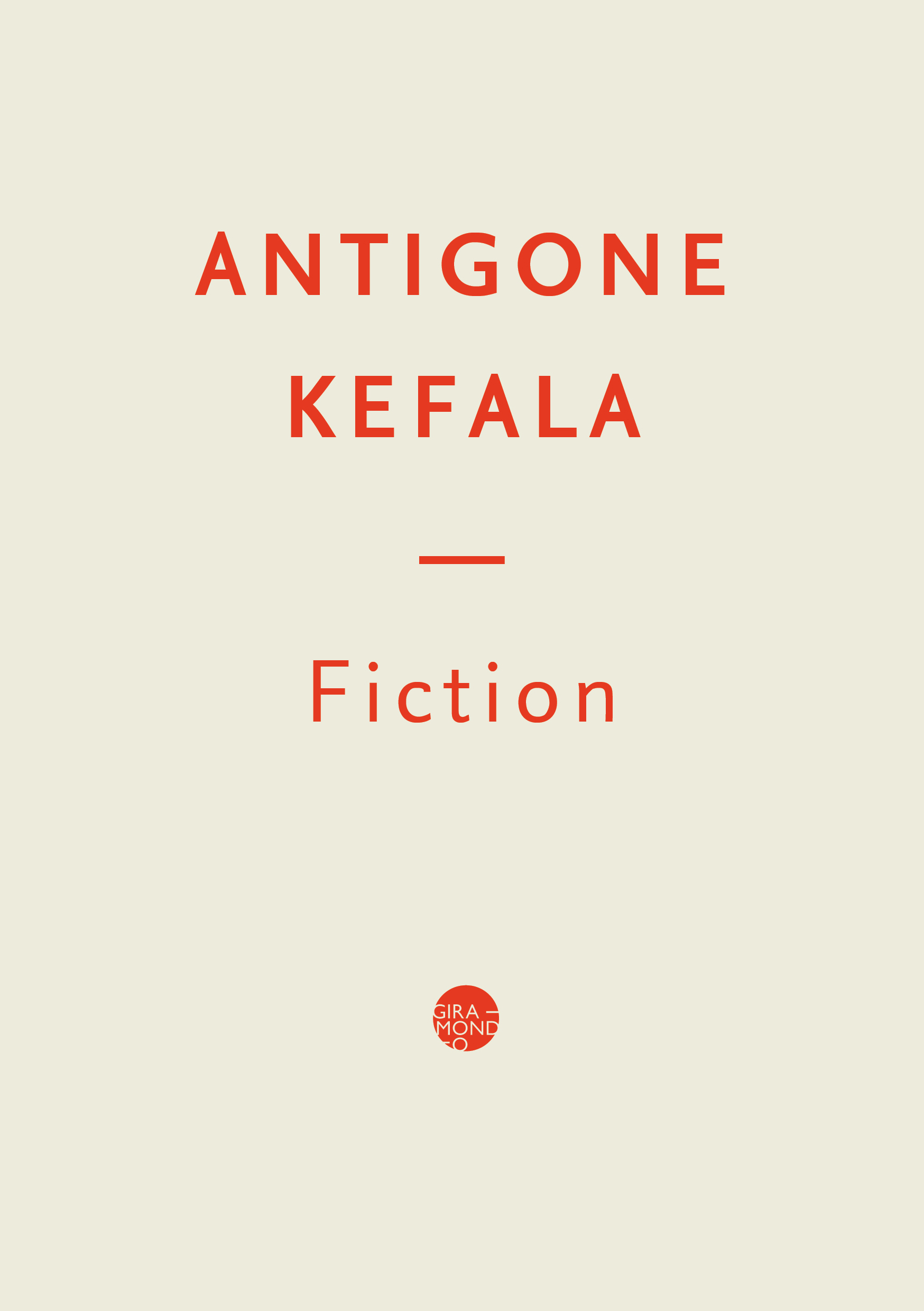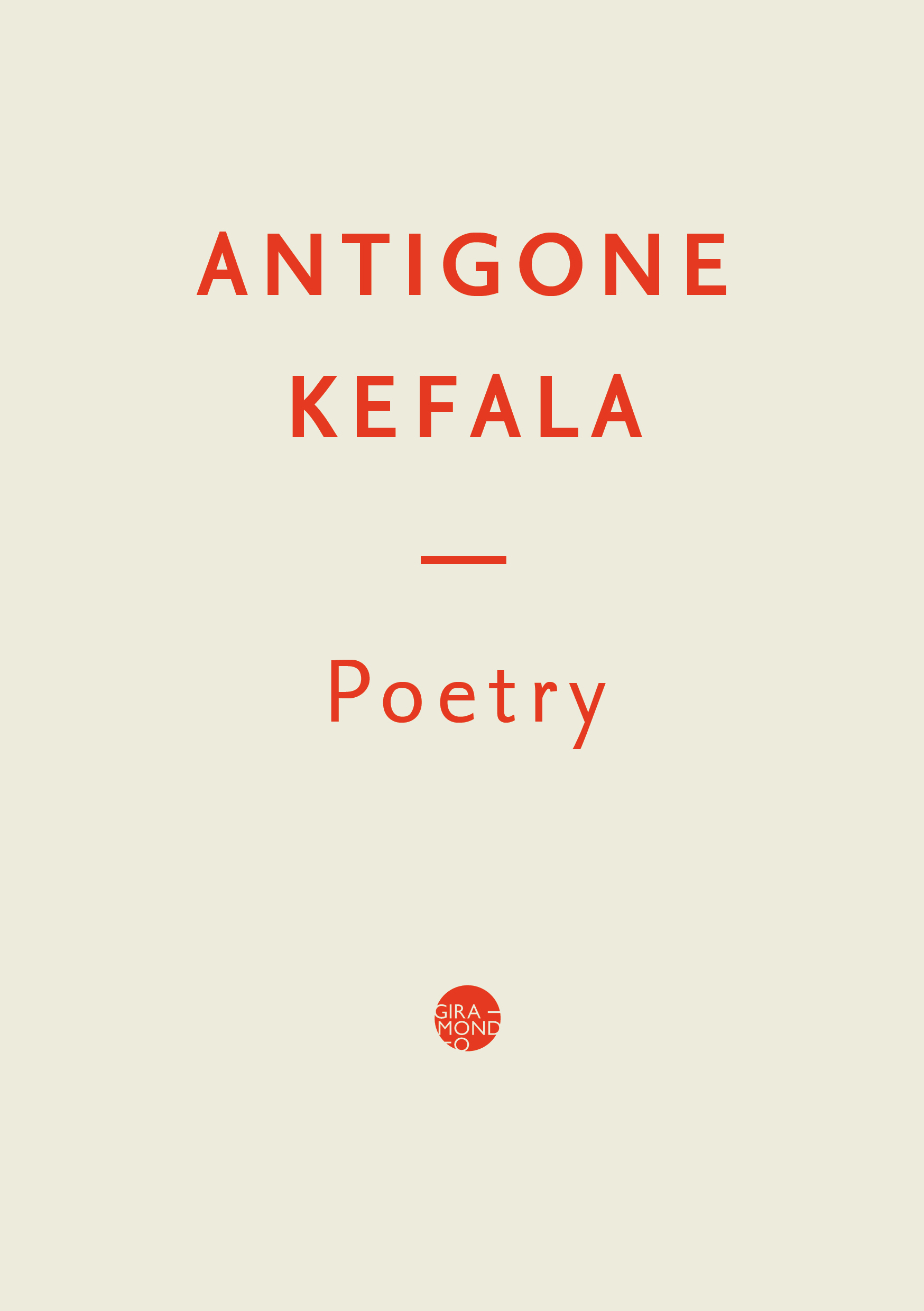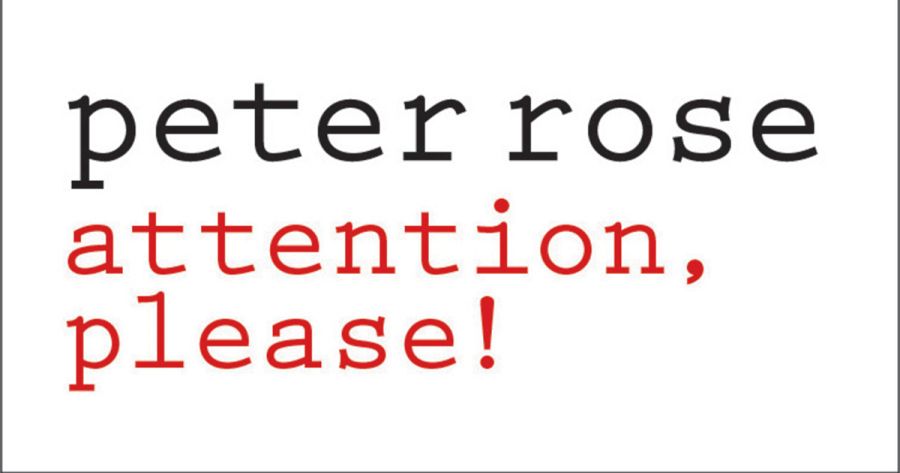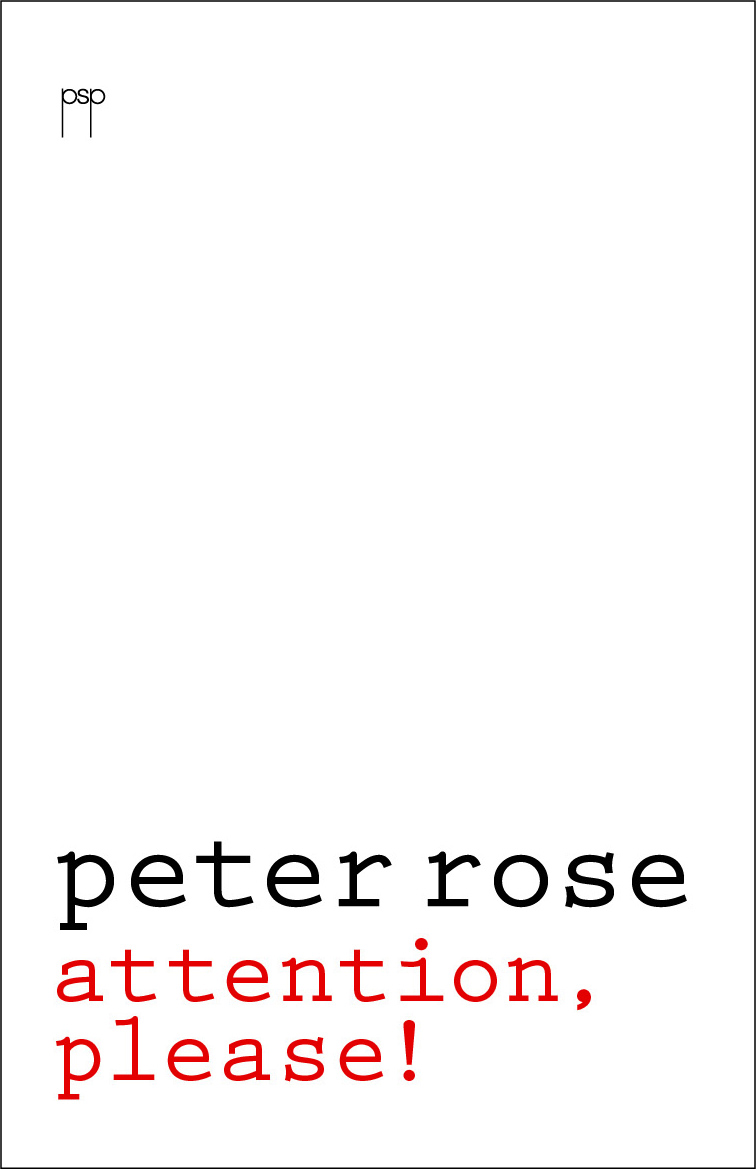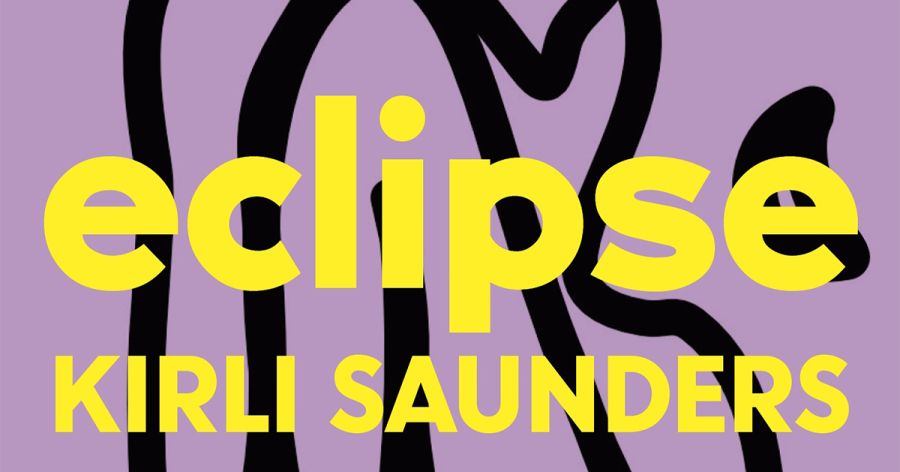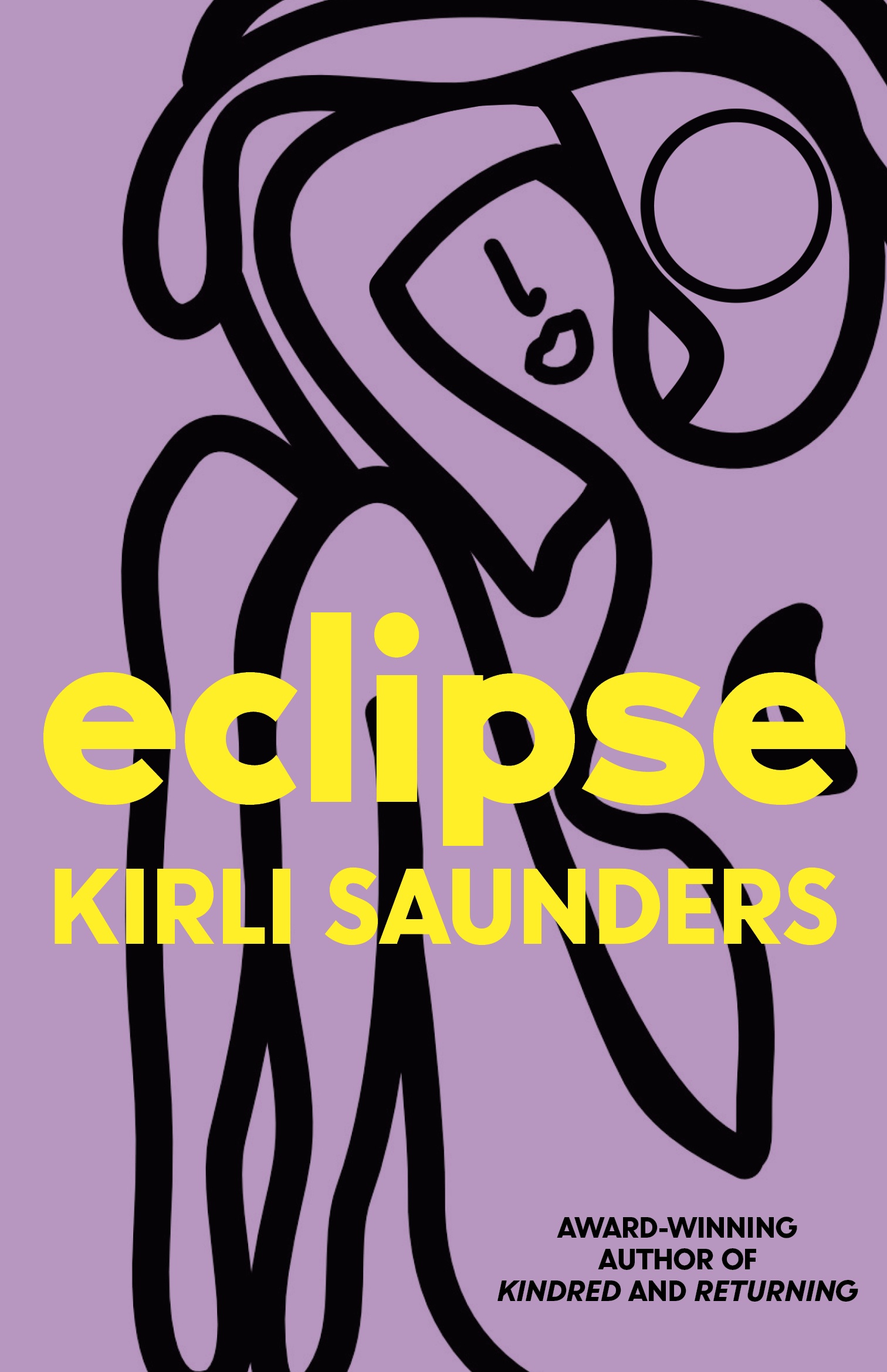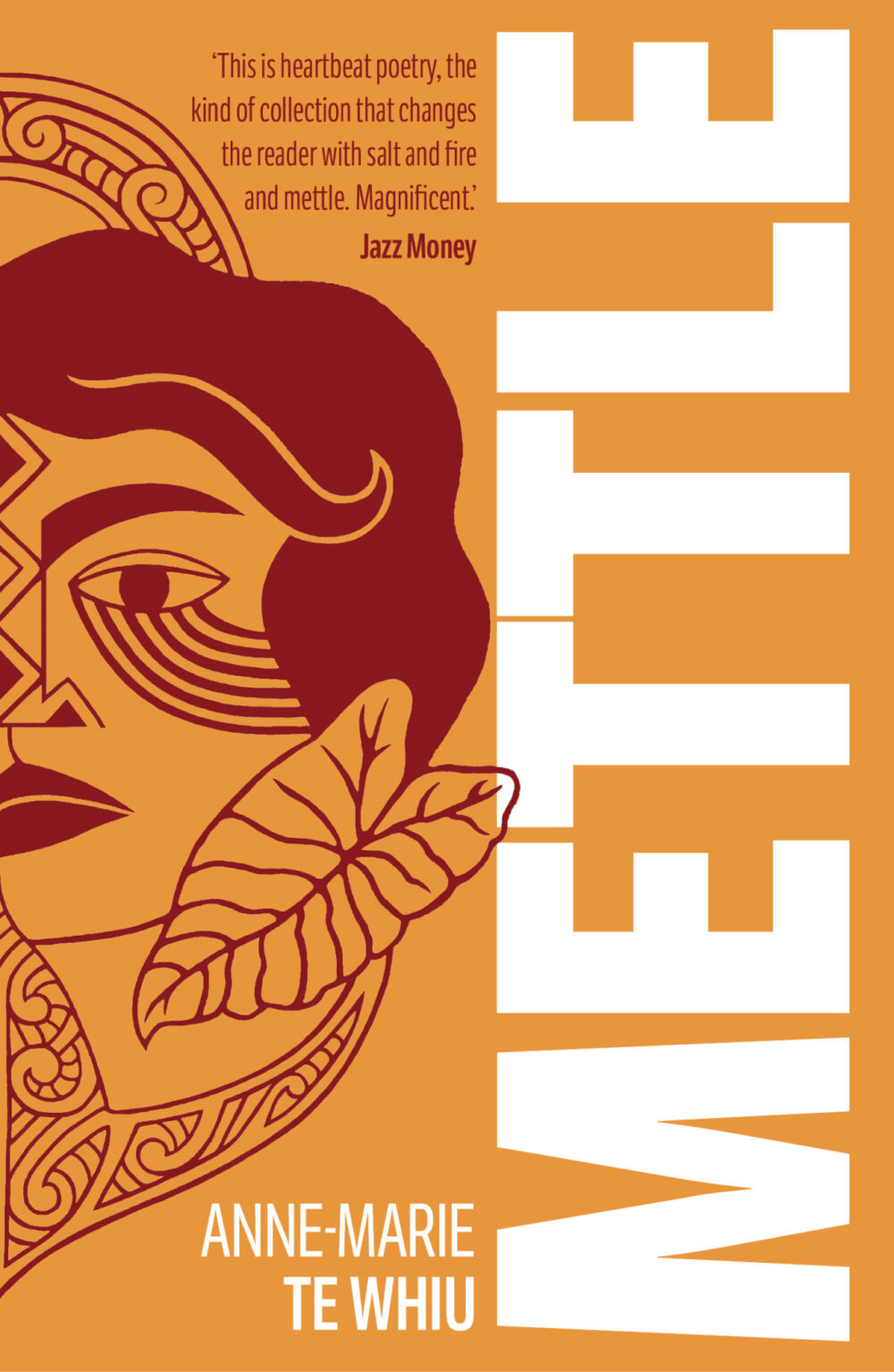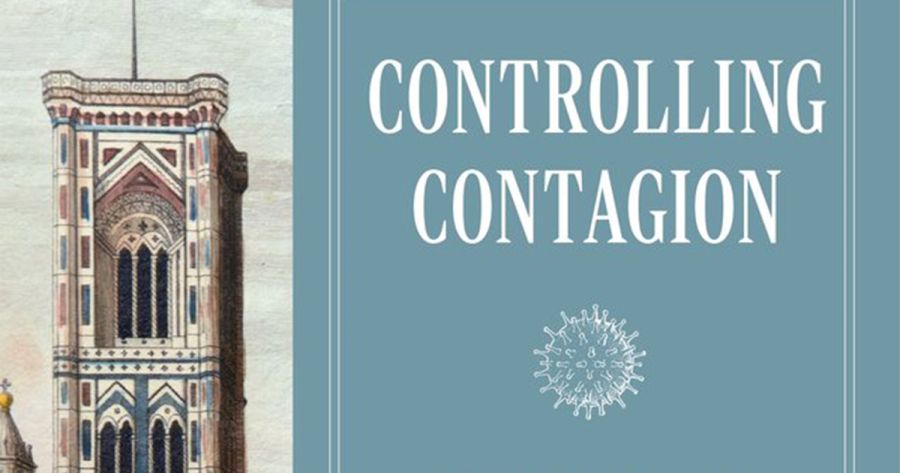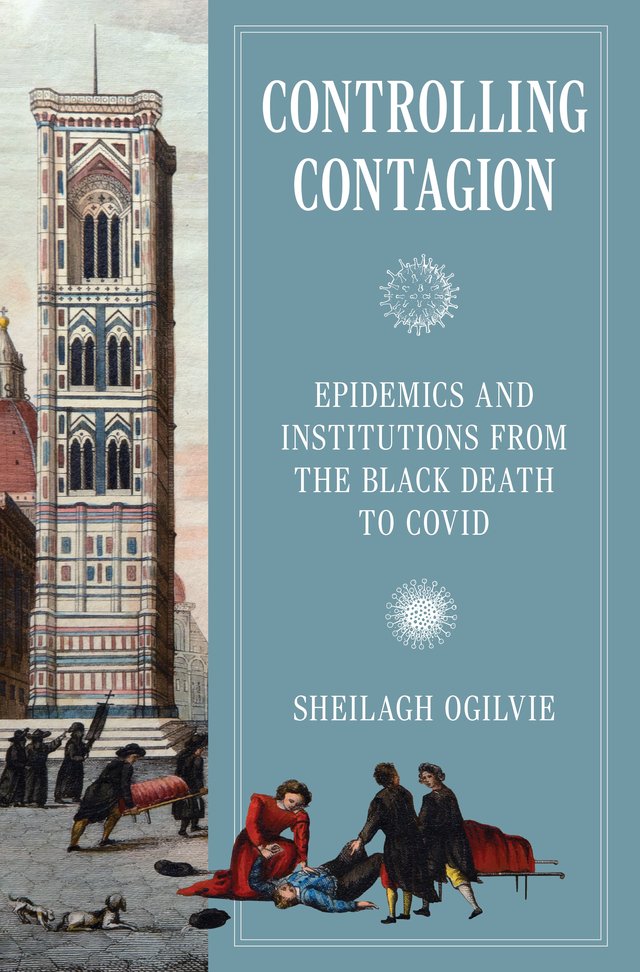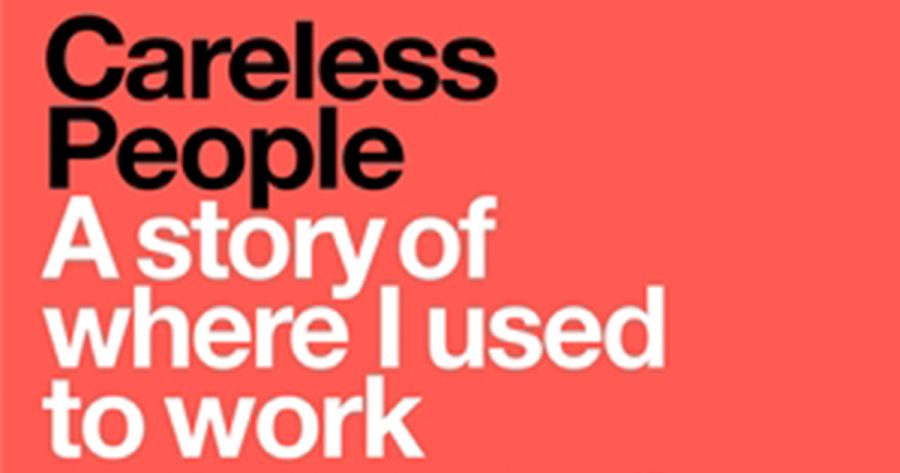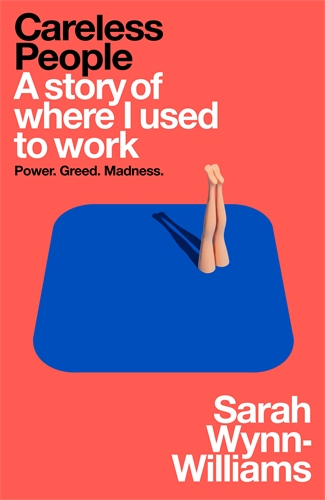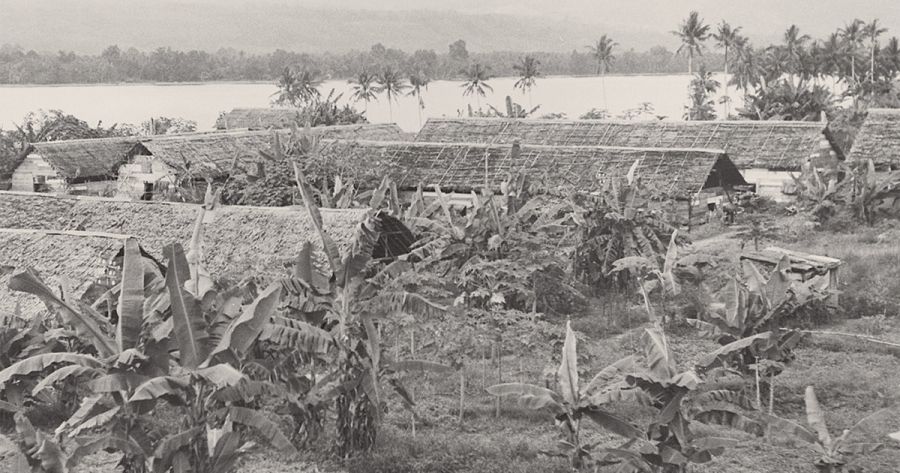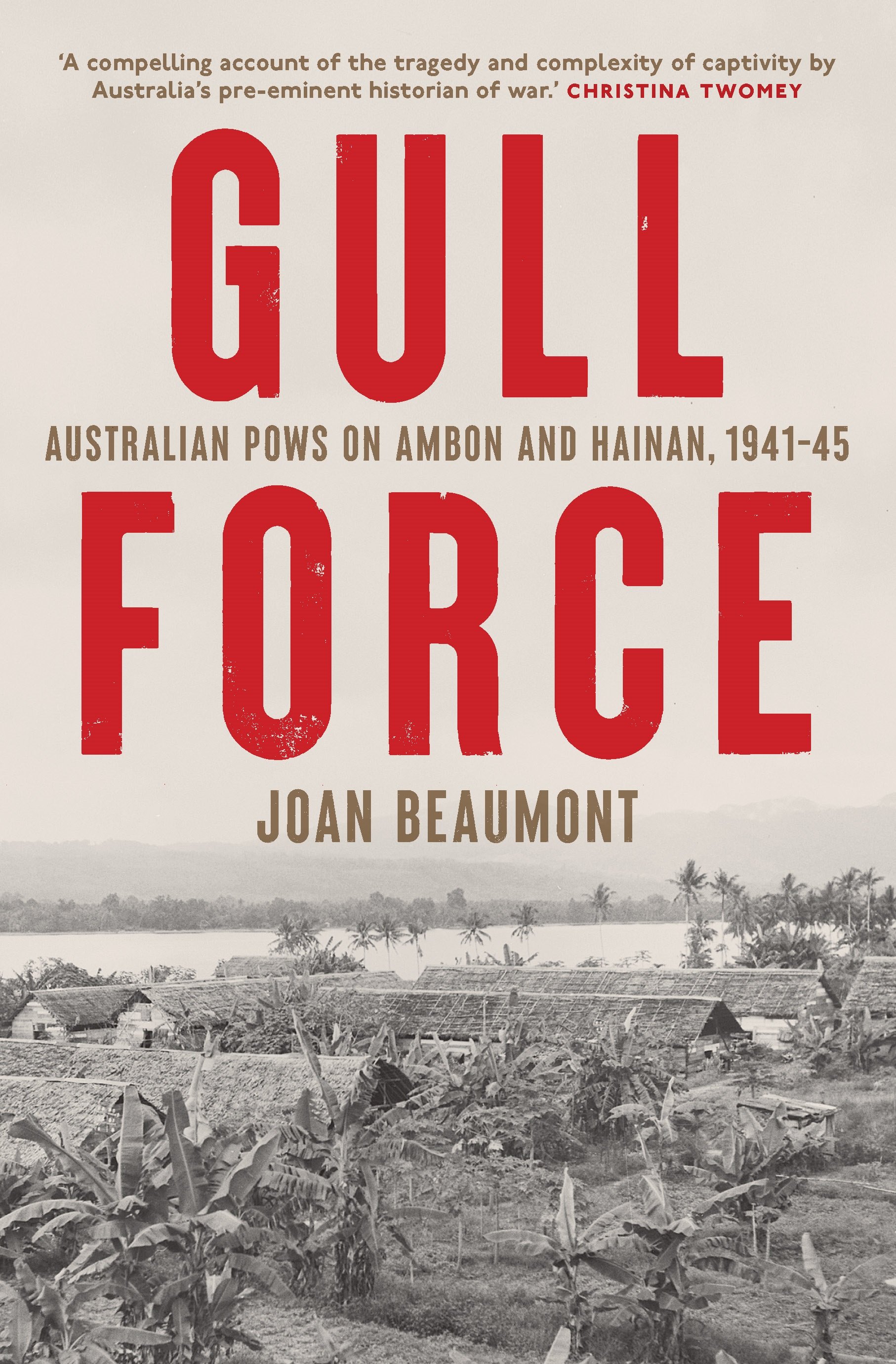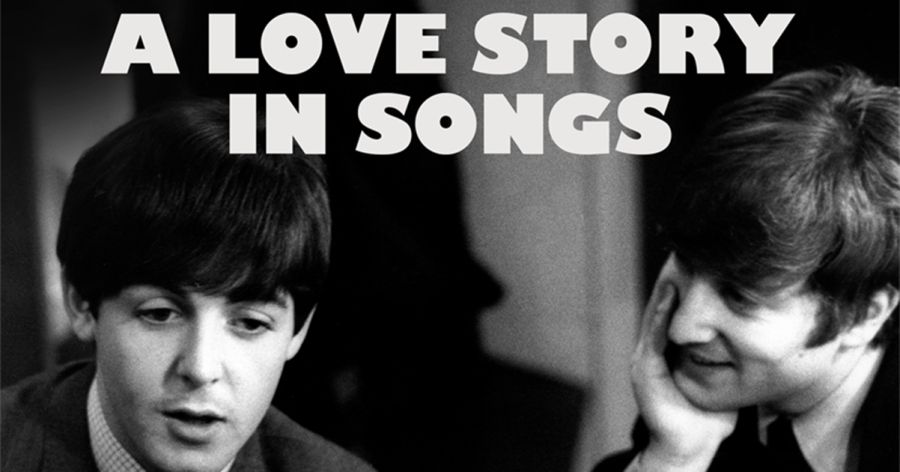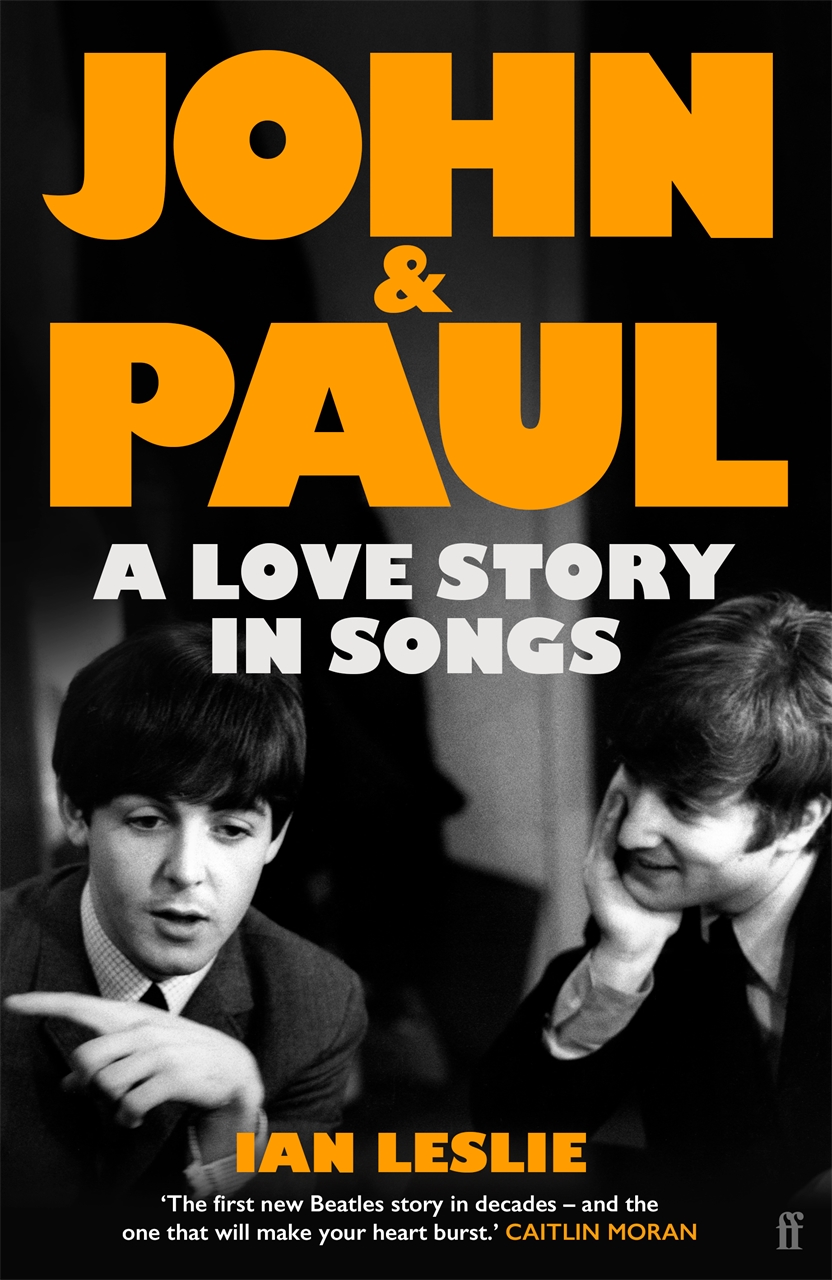The First Cold War is an account of 300 years of British-Russian relations, from mutual incomprehension to the Anglo-Russian Convention of 1907, which reached an accommodation between the great powers. This proved remarkably stable and provided the basis for resisting German aggression in the twentieth century. It only ended in 1949 when the next cold war began.
As Barbara Emerson states, there has always been ‘something odd’ about Britain and Russia’s relationship. Both are Christian states that sit at the far ends of the European continent but have engaged in periods of mutual hostility and suspicion. Yet, despite centuries of great power rivalry, they have fought only one war: the Crimean War (1853-56). Russia’s humiliating defeat was to shape much of its foreign policy into the twentieth century.
In the main, the royal families had been respectful of each other and at times close, including through intermarriage and assorted romantic dalliances. The contest has been mainly over interests and security, rather than ideology, and in this important respect that contest marks out the nineteenth-century cold war of this book from the post-World War II Cold War. The latter was intensely ideological.
Final assault at Sebastopol, 1854 (Ivy Close Images/Alamy)
To be sure, in nineteenth-century Britain, the Whigs and Tories, egged on by the popular press, railed against Russia’s autocratic absolutism. Russophobia, as Emerson terms it, began to shape London’s foreign policy. British statesmen often found themselves having to urge moderation in the wider national interest. It seems that today’s China Threat, or China Anxiety, has a precedent in this history.
From the earliest years of the relationship, formed initially from tenuous sinews of commerce and entrepreneurship, the book moves through Russia’s emergence as a major eighteenth-century European power, the French Revolutionary Wars, and the Concert of Europe, which itself came out of the Congress of Vienna (1814-15). This established the post-Napoleonic order in Europe based on a balance of power between states which involved shifting coalitions to defend interests and ensure no single state dominated.
After the Napoleonic Wars (1803-15), Britain and Russia faced each other as the great powers of Europe and their expanding empires in the Eastern Mediterranean, Persia, Afghanistan, Central Asia, and the Far East began to press against each other. Emerson devotes substantial chapters to each of these theatres.
Where Britain and Russia’s interests collided most was in Persia, Afghanistan, and Central Asia, a contest which became known as the Great Game and extended from the 1840s to 1907. Of all the interests at play, it was Britain’s conviction that Russia was eyeing India as the ultimate imperial prize that defined the contest between the empires.
Initially, in London, there was little appetite to challenge Russia’s eastward expansion. An official policy of ‘masterly inactivity’ emerged during the 1850s and 1860s. This was challenged by the hawks, or ‘forwardists’, in London who, as ever, played on Russophobia and conjured up the improbable threat to India.
Emerson is of the view that despite the ‘practical idiocy’ of a Russian land invasion of India, for logistical and topographical reasons the idea of such an invasion became embedded among the Russian military elite after their humiliation by Britain and France in Crimea.
Working in Russian archives, the author brings more additional evidence of these views among Russia’s policymakers than is usual in accounts of the Great Game. Other experts, such as Mark Smith in The Russian Anxiety (2019), not cited in Emerson’s references, dismiss the notion of a ‘Great Game’ as just part of Britain’s ‘Russian Anxiety’.
As with most studies of the Great Game, Emerson concentrates on the two main protagonists and denies agency to local rulers of the various Khanates, many of whom often demonstrated greater strategic skill and understanding than the European imperialists.
Significantly, new insights are provided from original sources into Russian internal policy debates about eastward expansion. A fascinating aspect of this material is the suggestion that Saint Petersburg had a weak hold over Russian officials in these remote areas. A great deal of local freelancing occurred, as in British India. Much of Russia’s eastward expansion was haphazard and chaotic. Emerson is inclined to give more credibility to concerns among Britain’s forwardists than is perhaps justified by official Russian policy.
In 1893, Britain and Russia amicably settled the border demarcation with Afghanistan in the Pamirs. The ‘Durand Line’ was agreed, placing the Wakhan Corridor in Afghanistan’s territory to establish a buffer zone between the two empires.
In 1907, the Anglo-Russian Convention was signed, ending their imperial competition. It was done against the wishes of each country’s militaries and the Indian government, who were all kept out of the negotiations. Russia had been heavily defeated by Japan across 1904 and 1905. Although the Russian public opposed a convention because of British support for Japan, Russia had been severely weakened and was domestically in political disarray. Ignoring the Russophobes in Britain, statesmen in both Britain and Russia recognised that an ascendant Germany was a bigger threat to each.
This ended the great power competition between Britain and Russia that helped shape the global order for the previous three centuries. Apart from an ill-fated intervention by Britain on the side of the White Russian forces in 1919, after the October Revolution, they remained allies until 1949.
An important conclusion from The First Cold War is that conflict between an ascendant power and a dominant power is not inevitable. Eventually, Britain chose not to challenge Russia’s expansion across Eurasia and Russia forswore designs on India, which in any event could never have been realised.
Although Emerson does not make the argument, her work shows that it is possible for powers to find an accommodation and afford each other strategic space. It also shows the importance of statesmanship in rising above both the baying rabble of the populist press and politicians as well as militaries with their vested interests in conflict. Both are hopeful policy conclusions for the current great power rivalry between the United States and China.
Emerson has provided a magisterial survey of Eurasian diplomacy and grand strategy in a ceaselessly shifting geopolitical panorama, the ramifications of which are still reverberating today. Sometimes, reading this book, one feels as if she might be describing the recent history in which we are now all enmeshed
